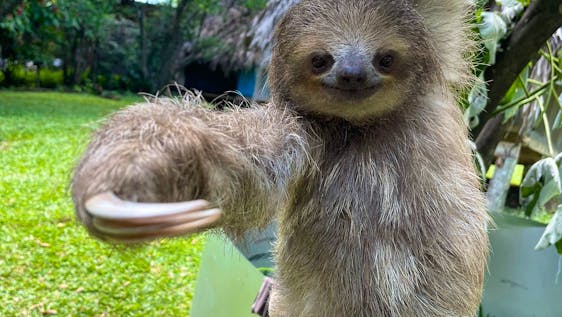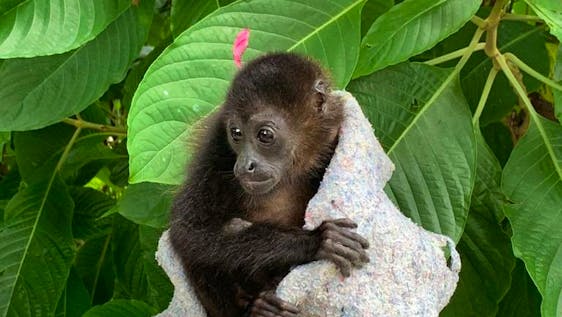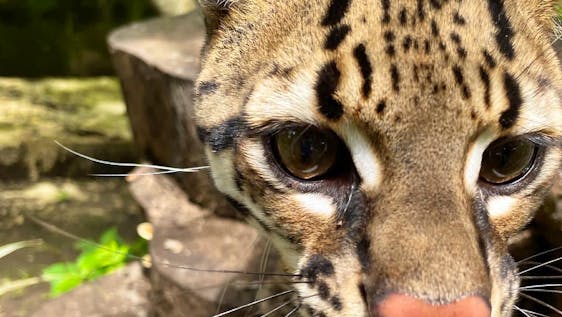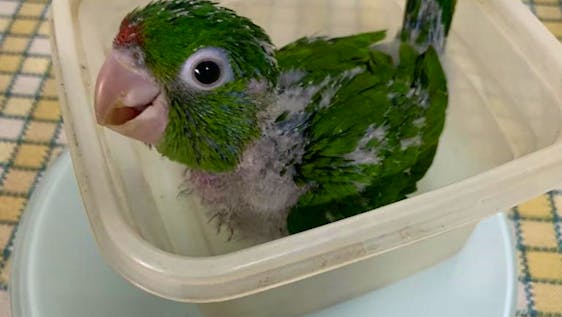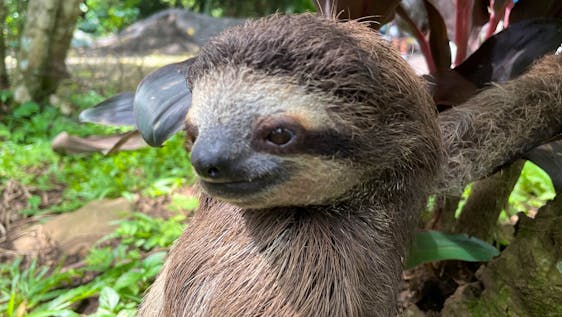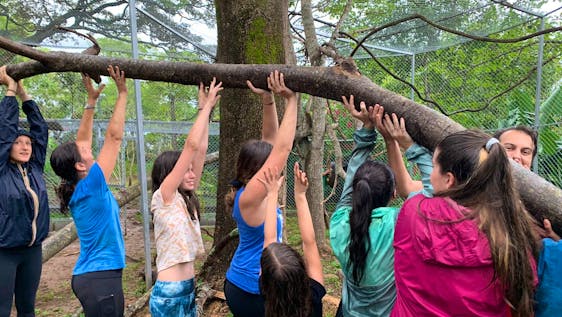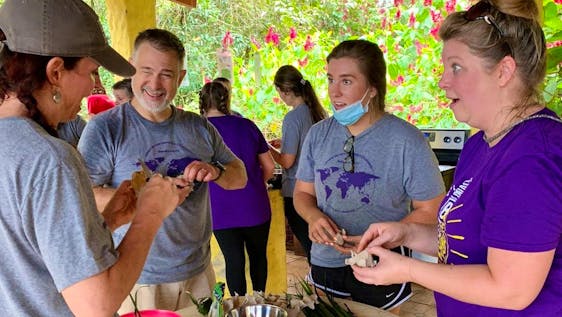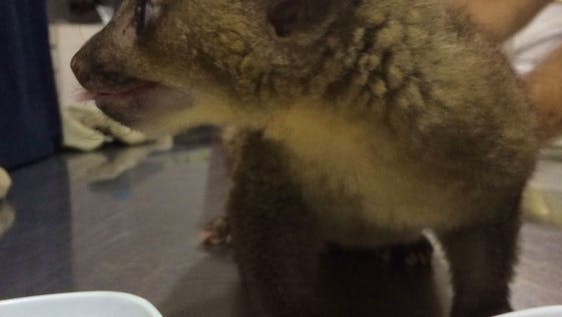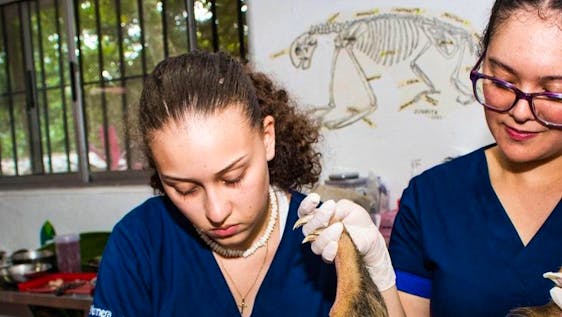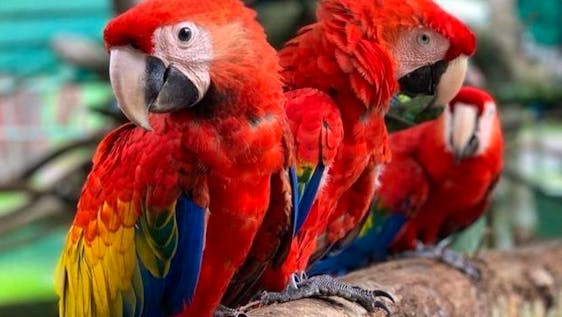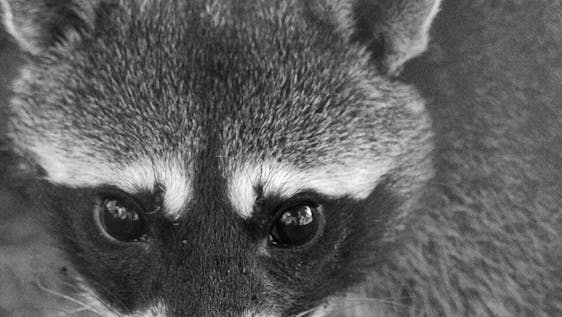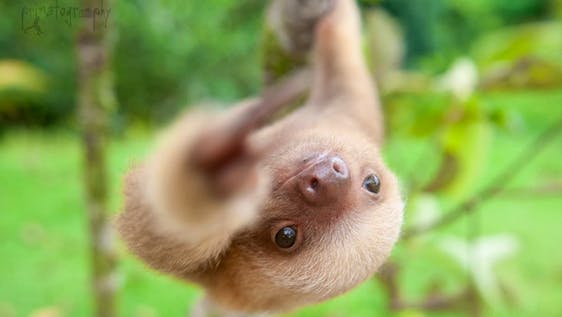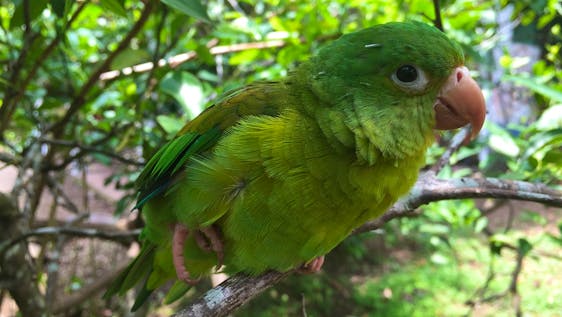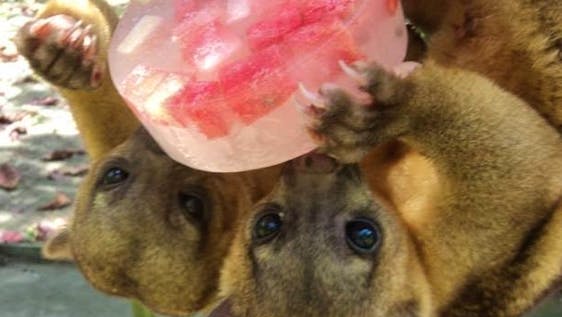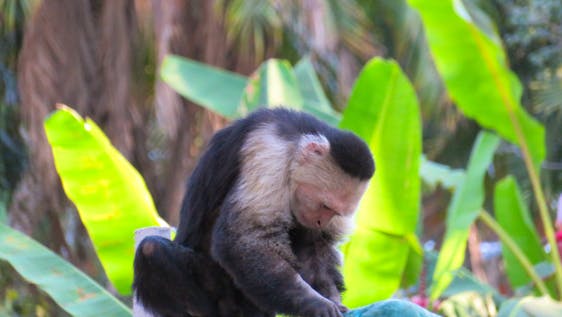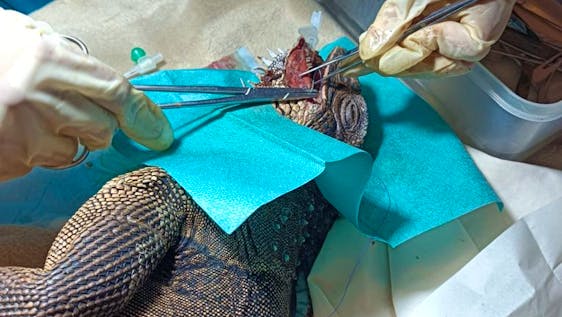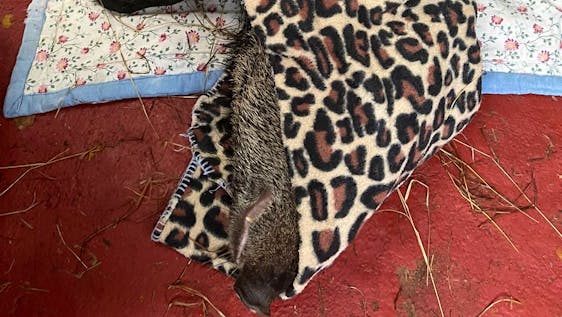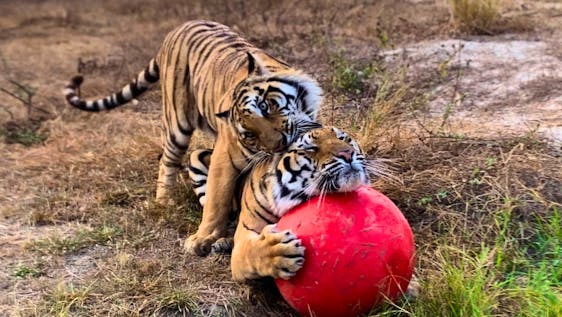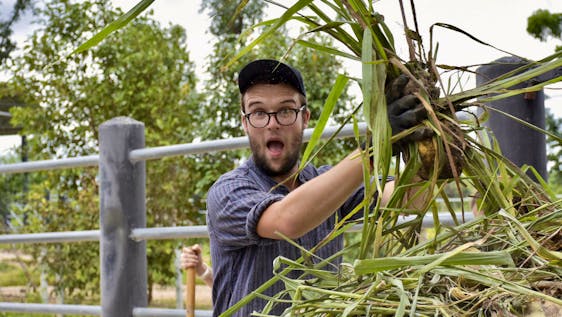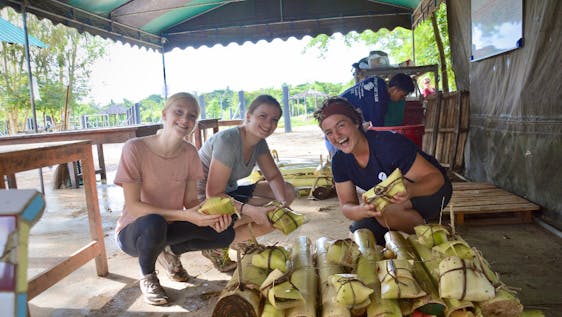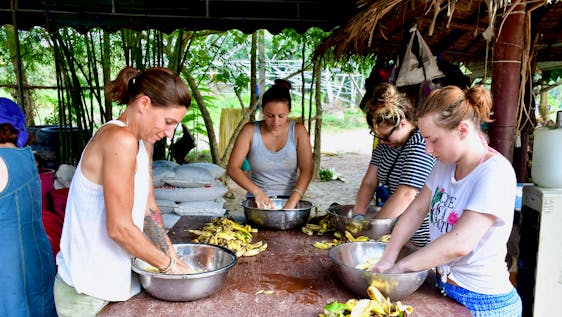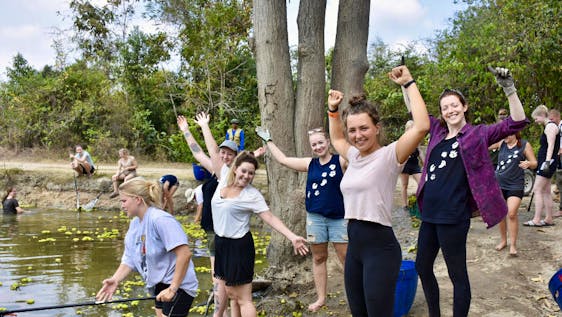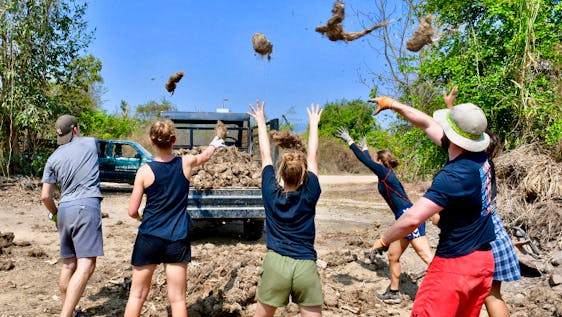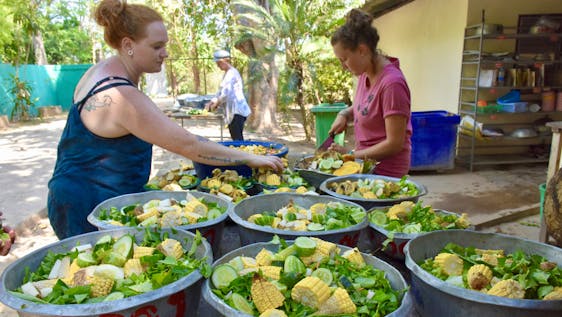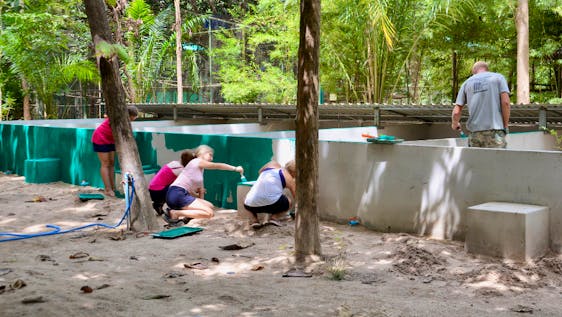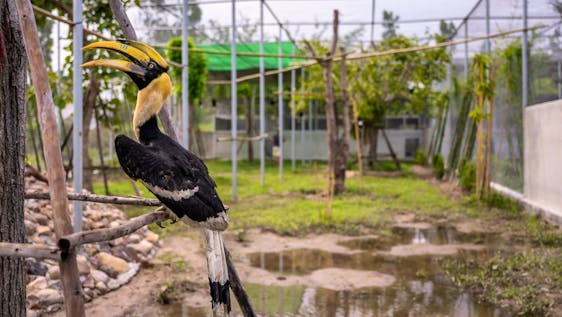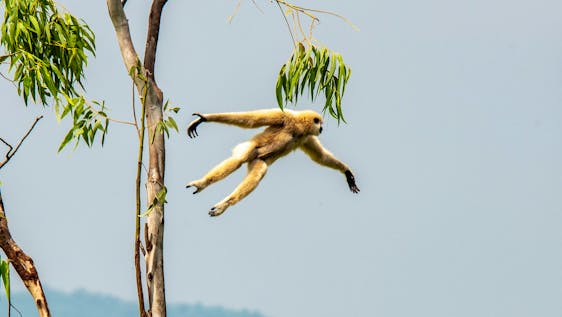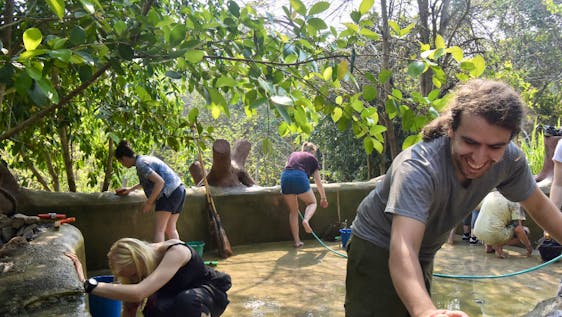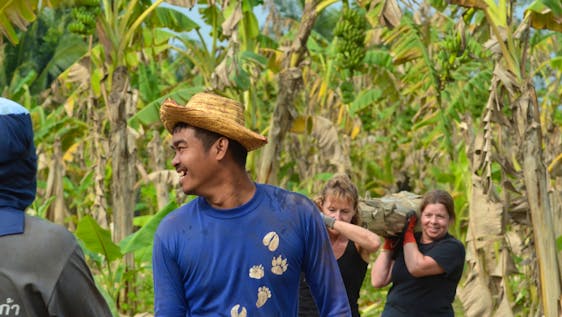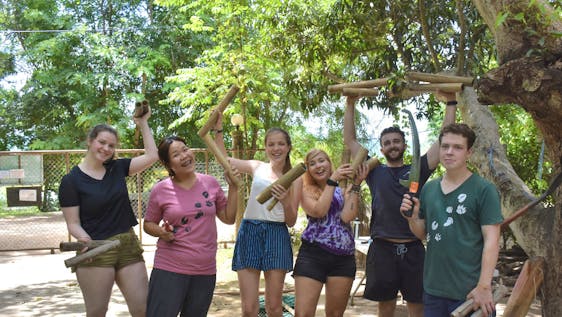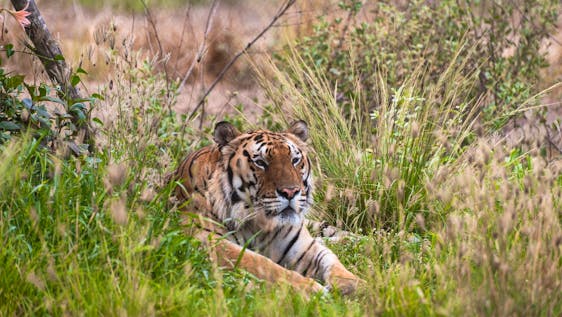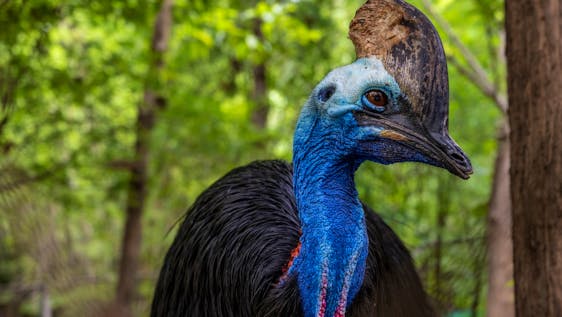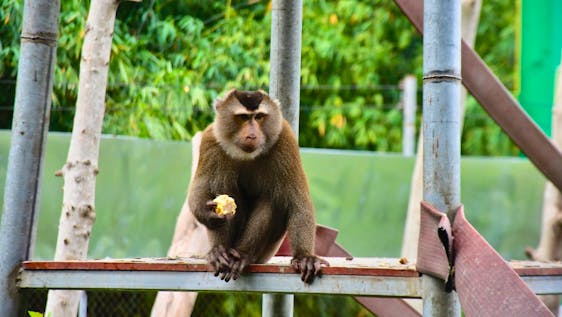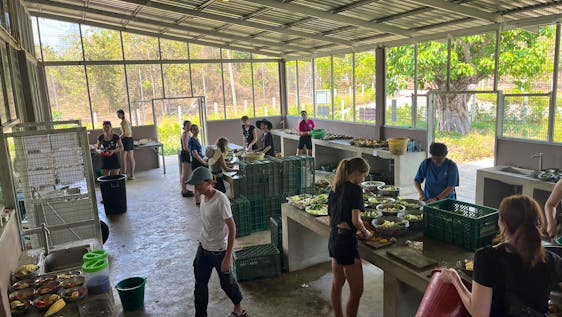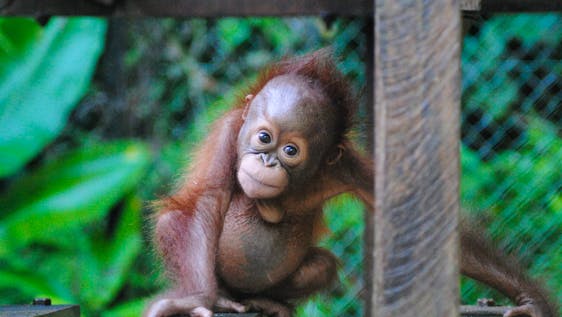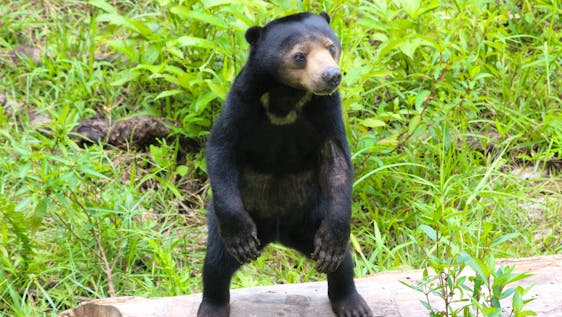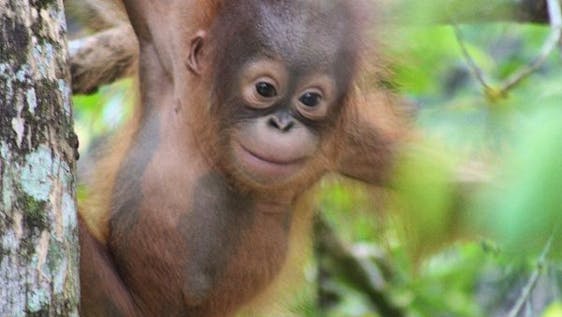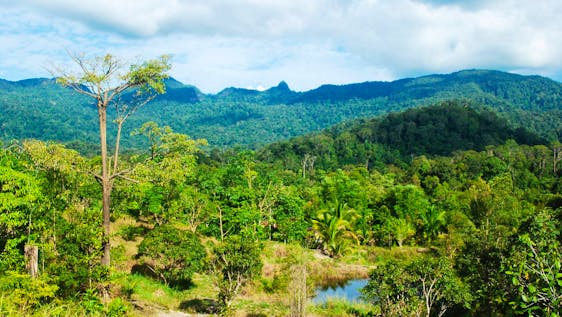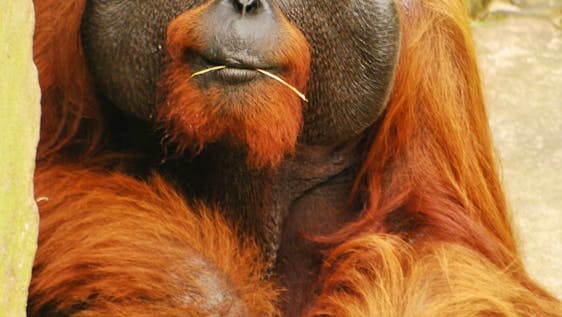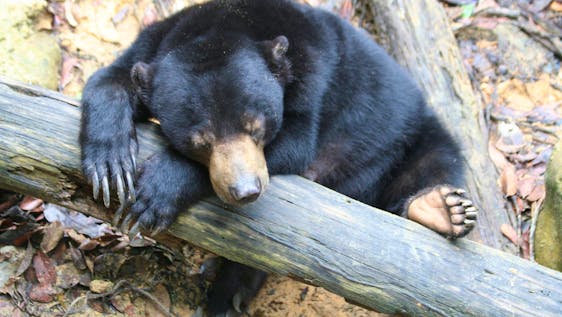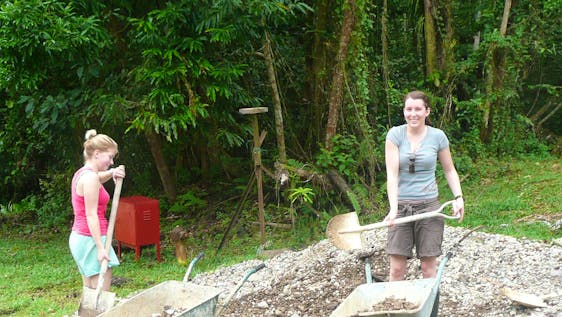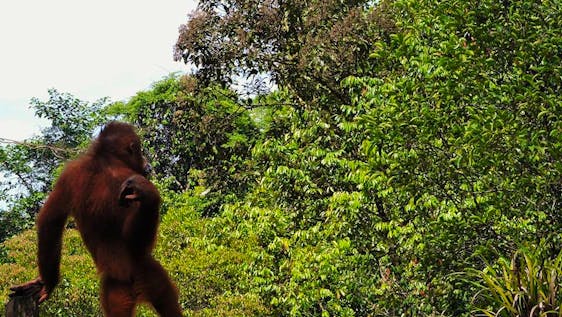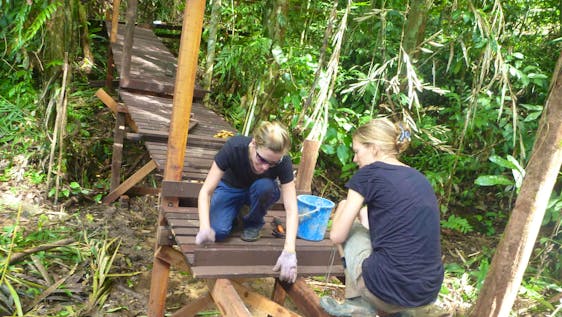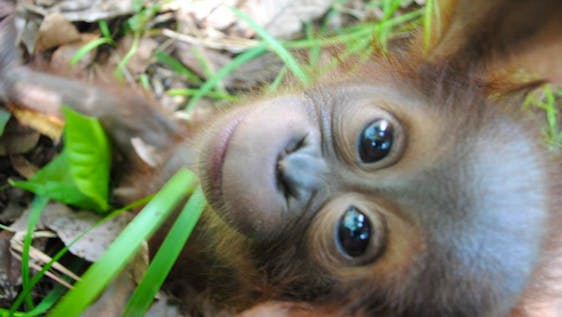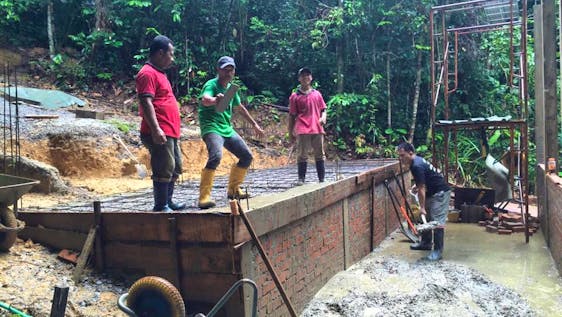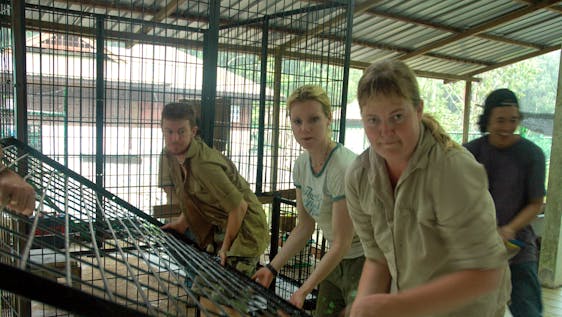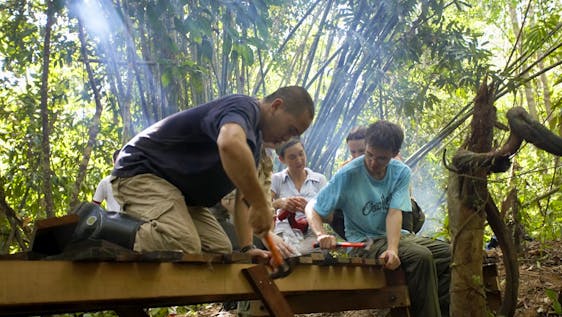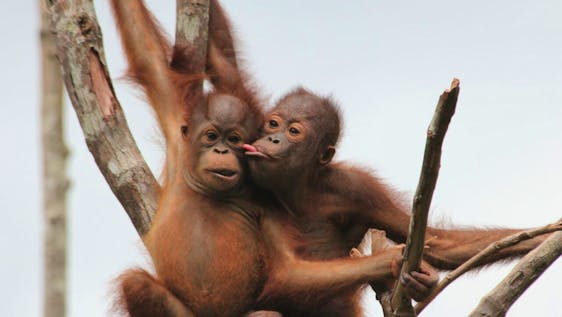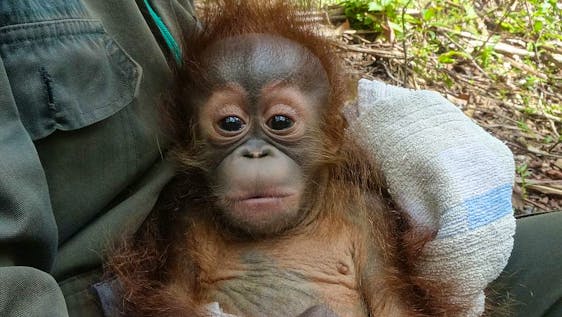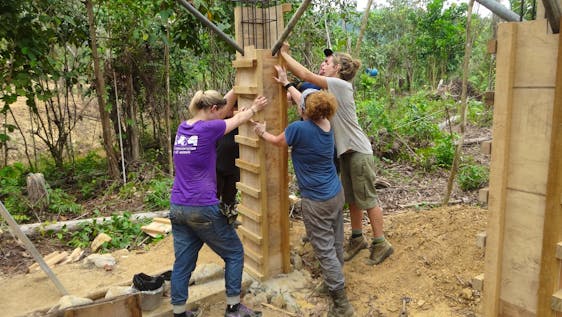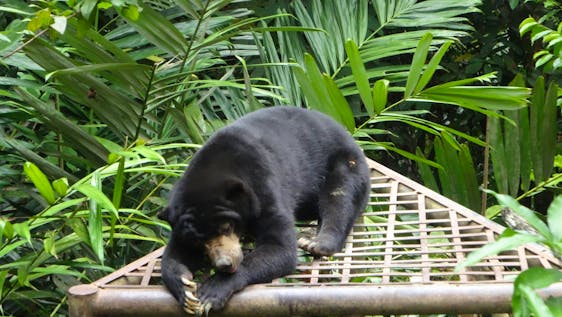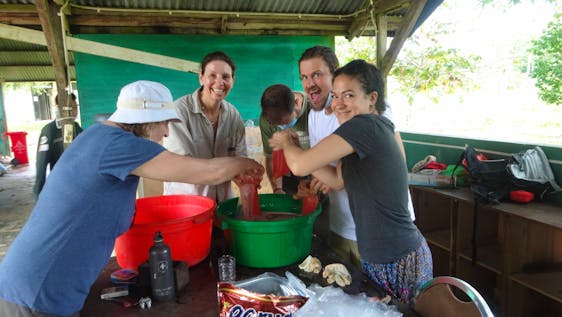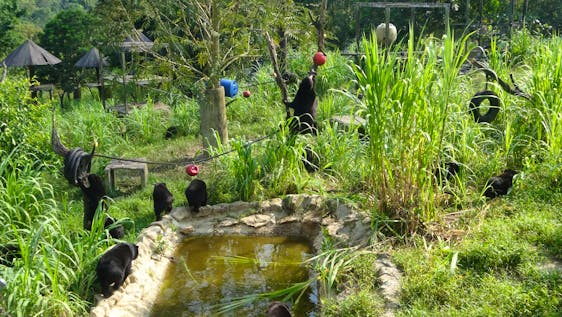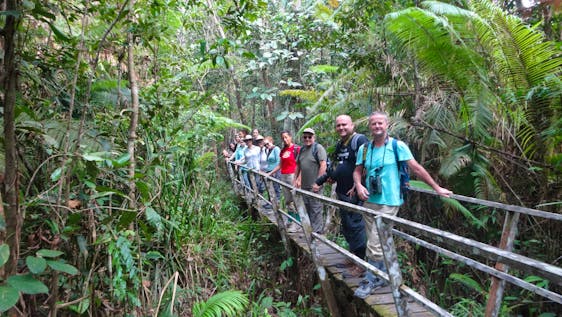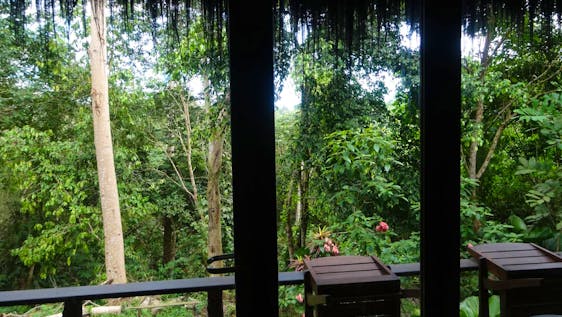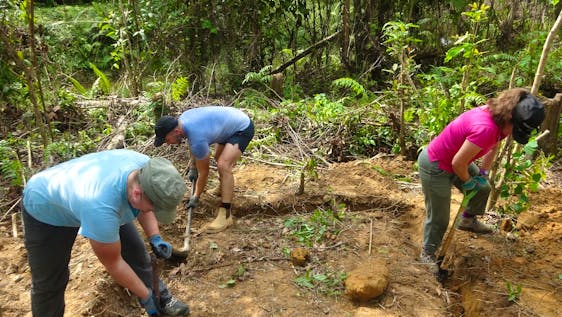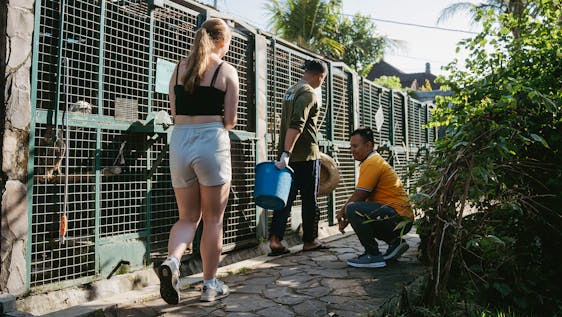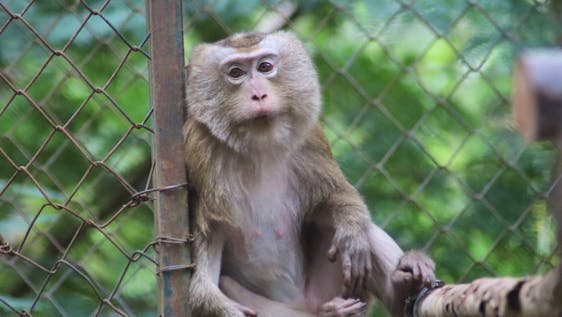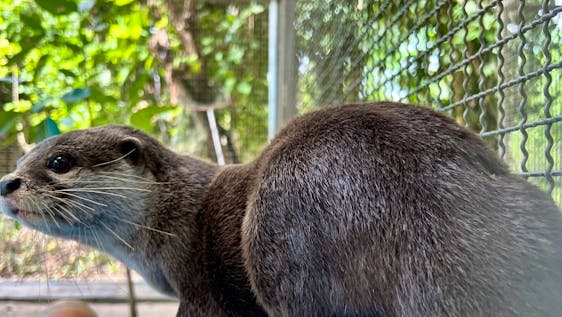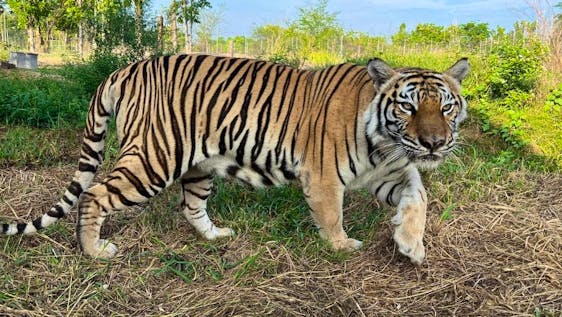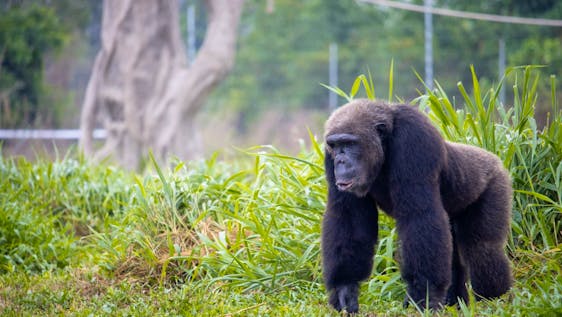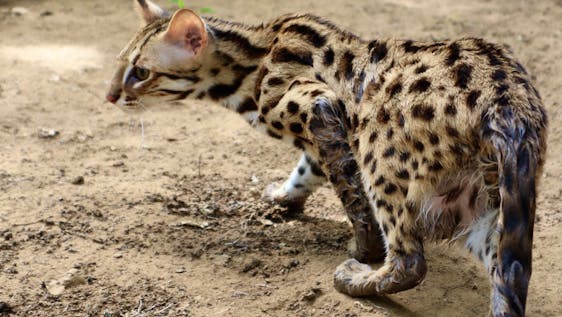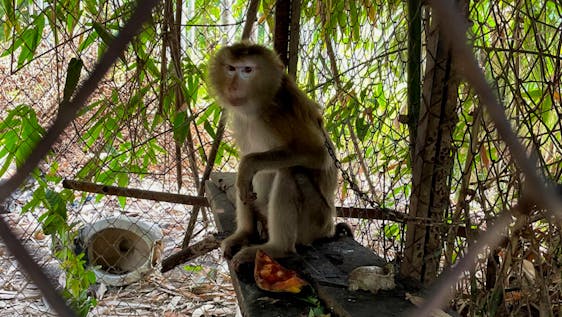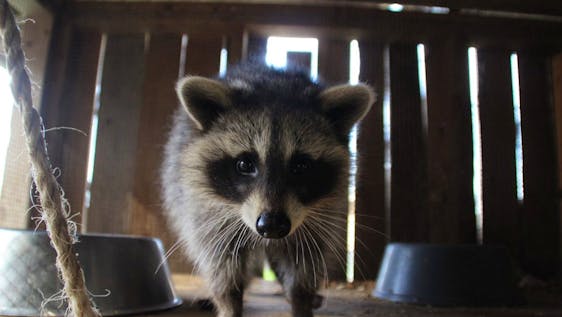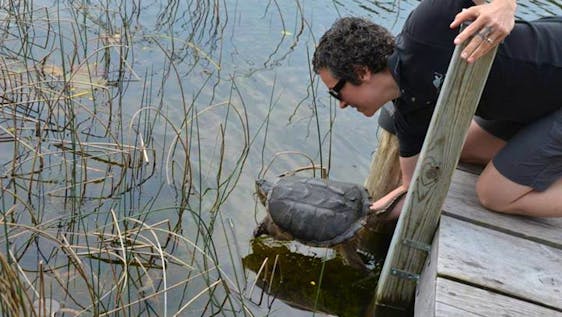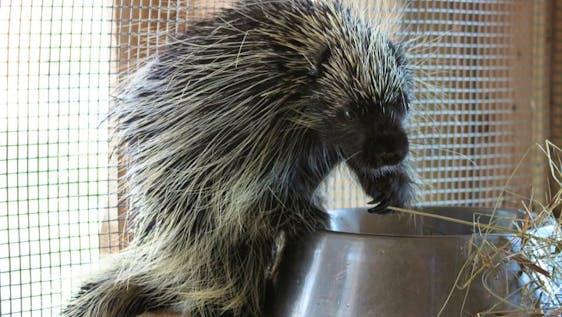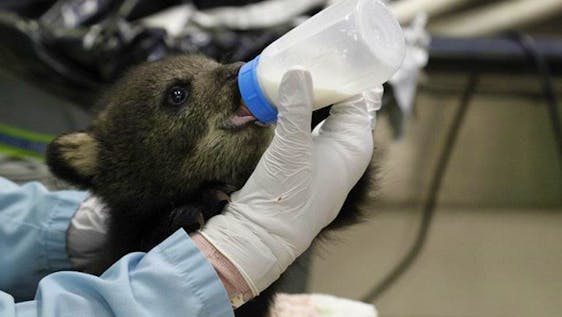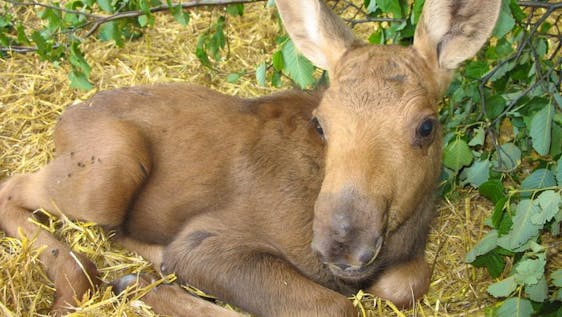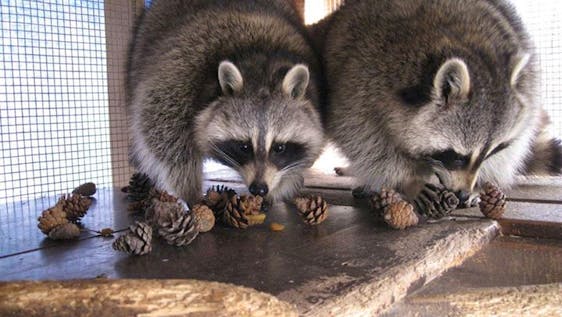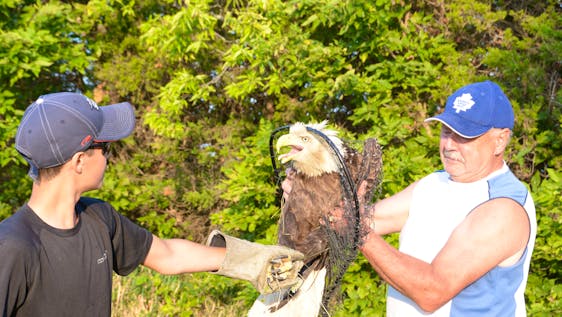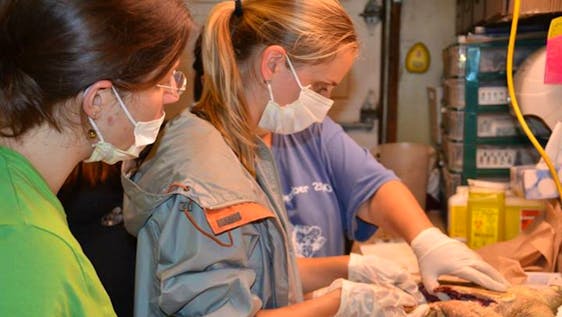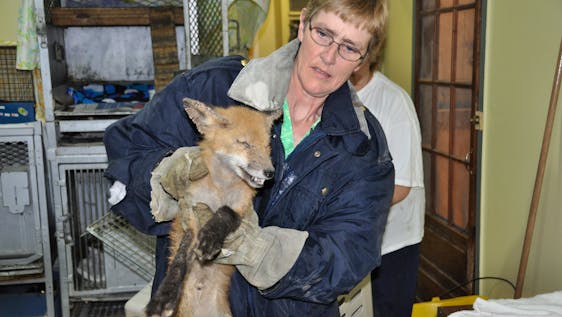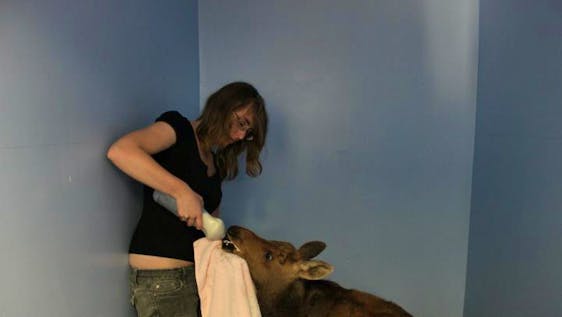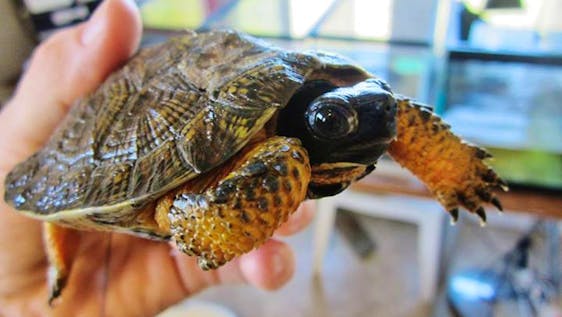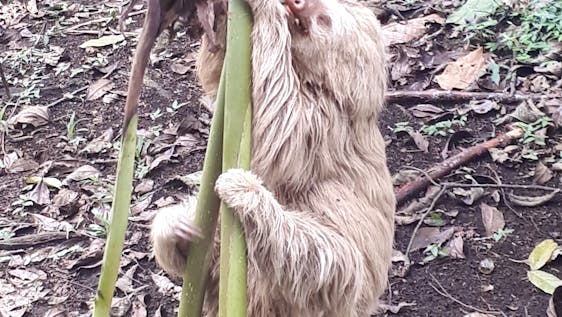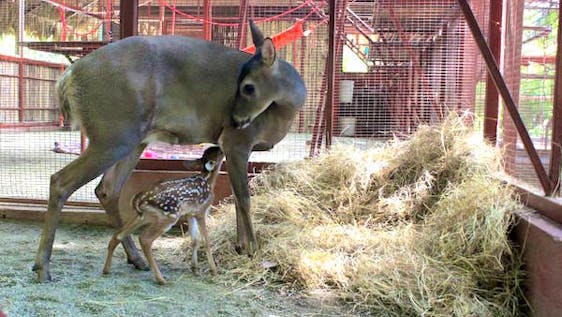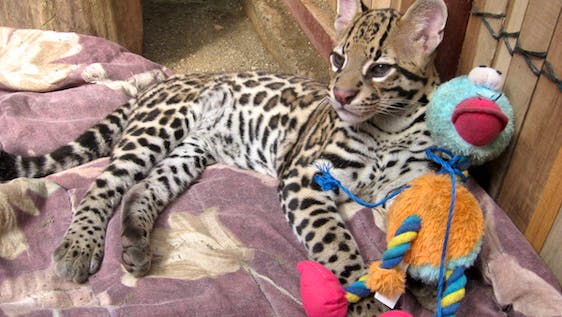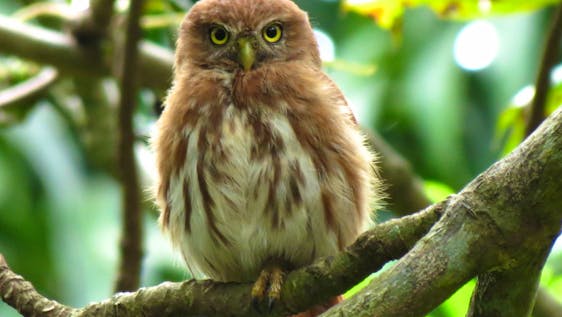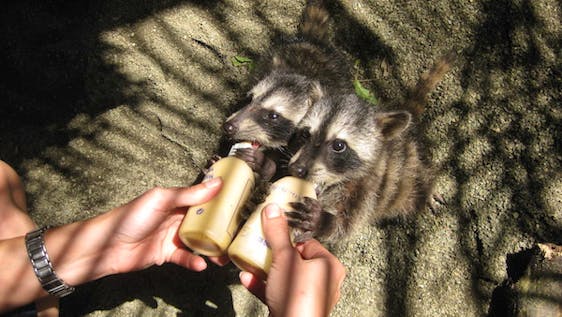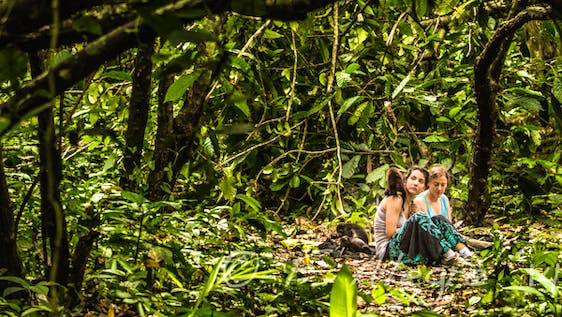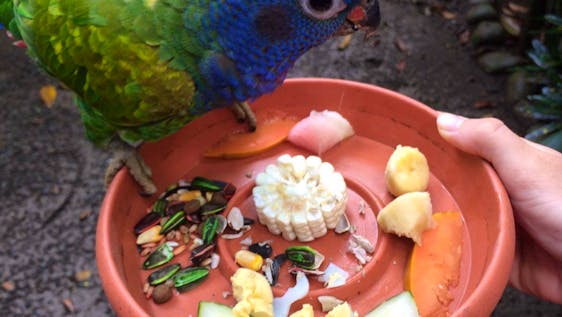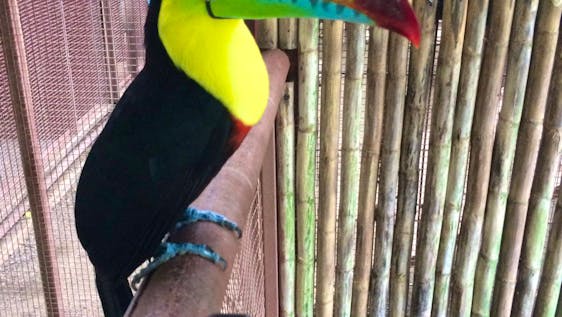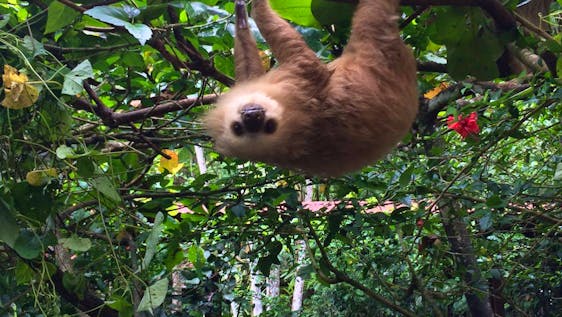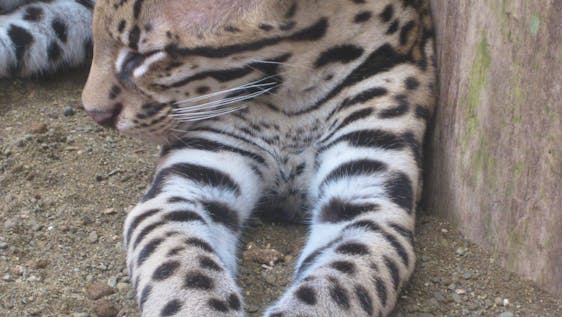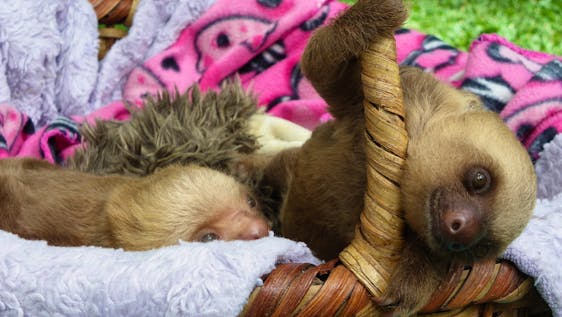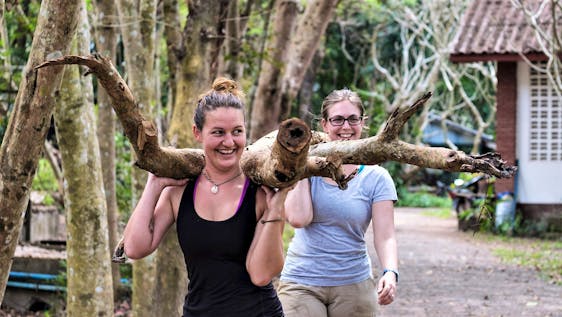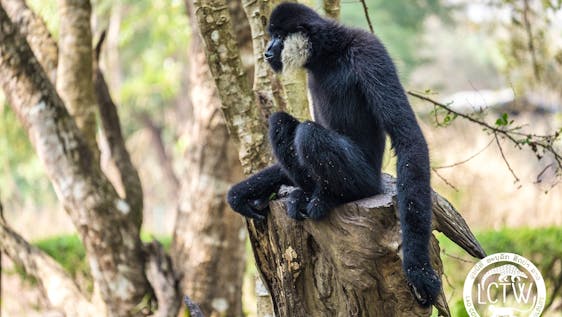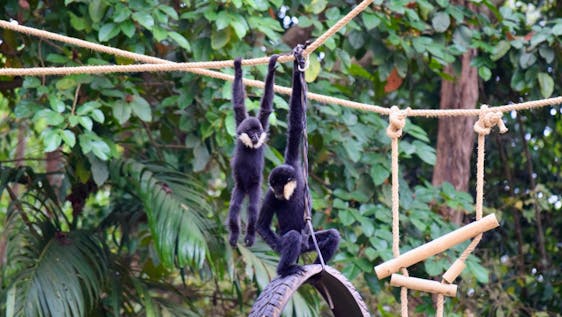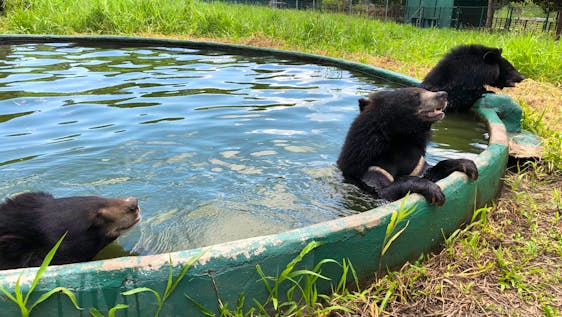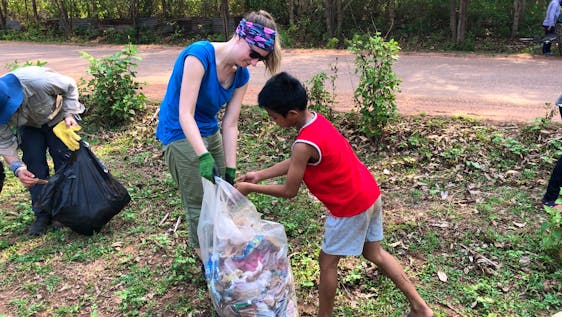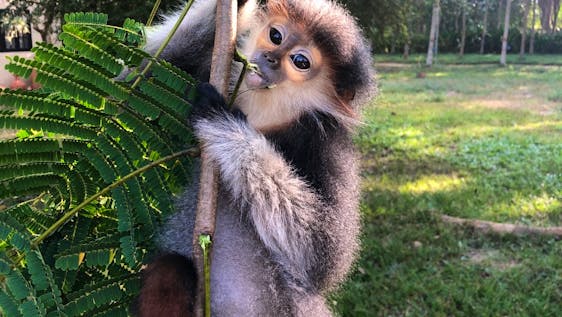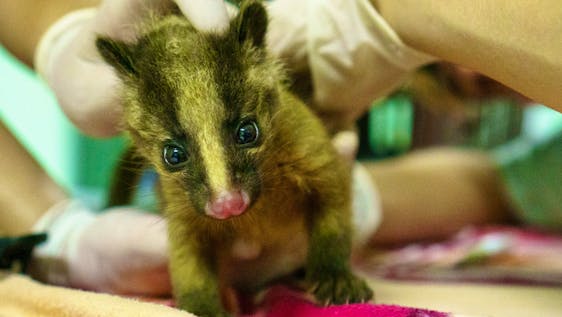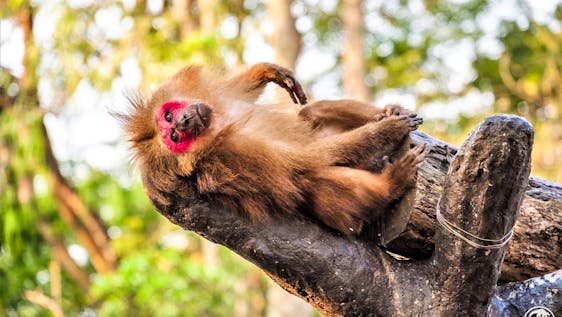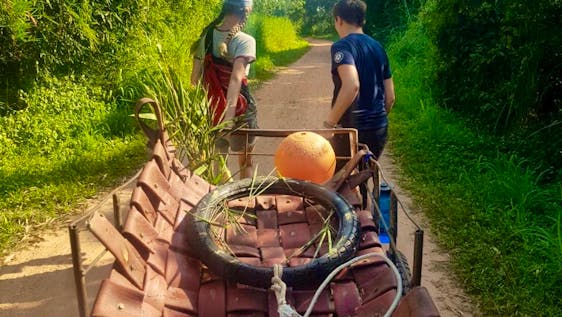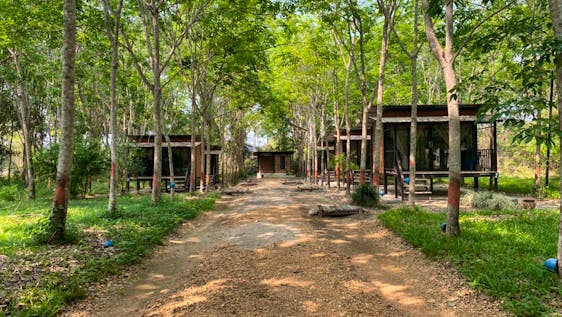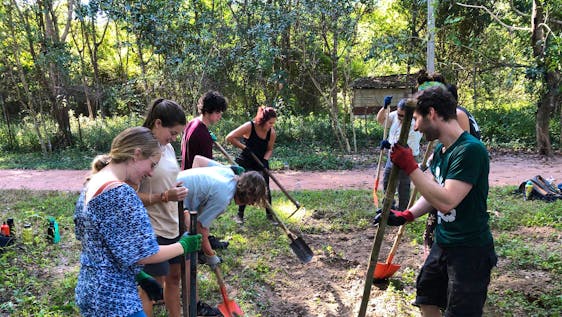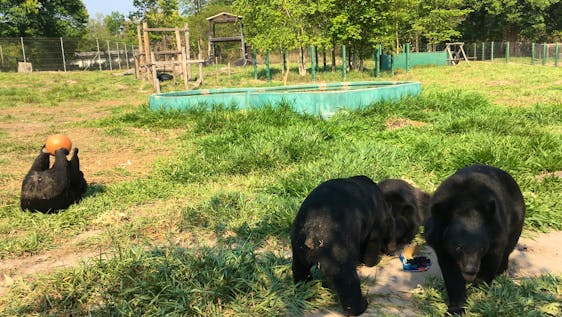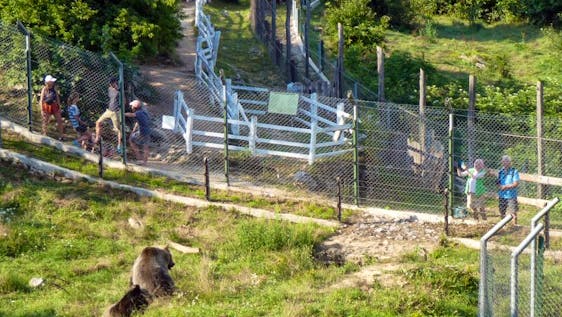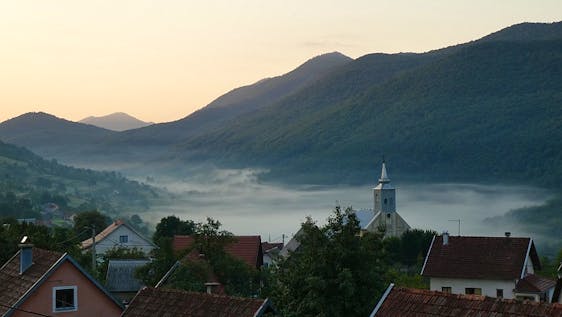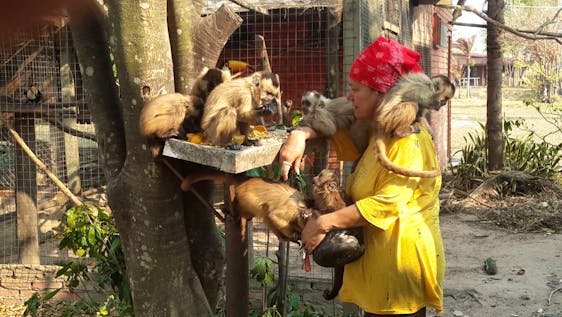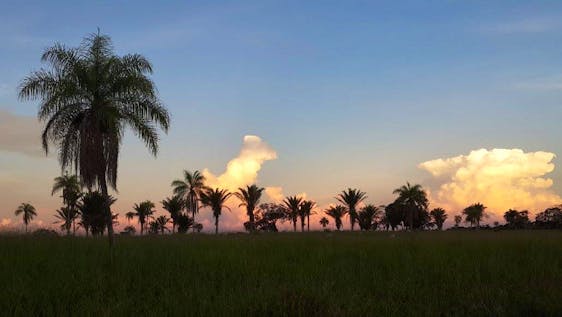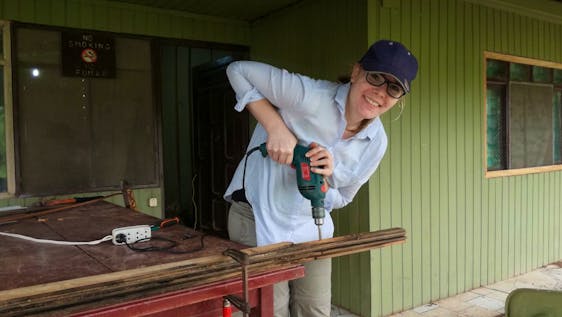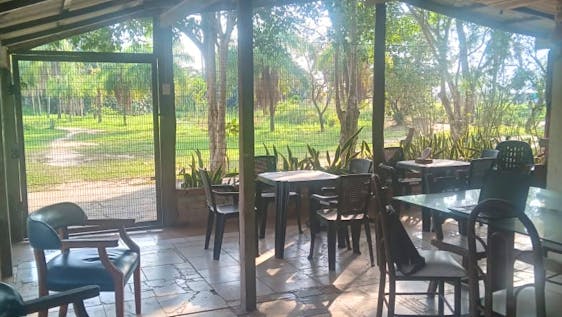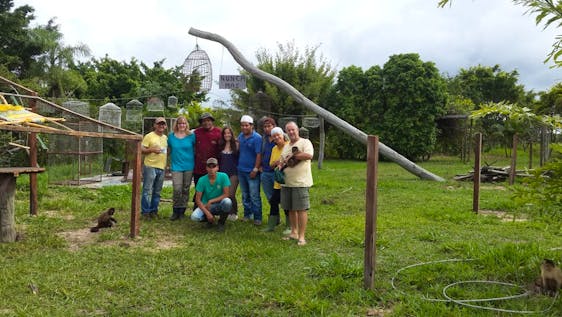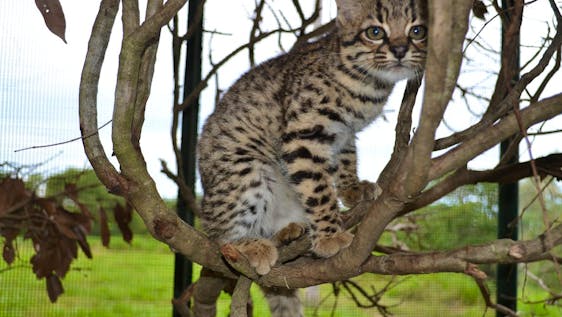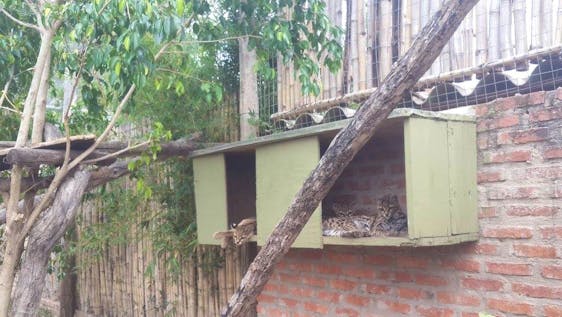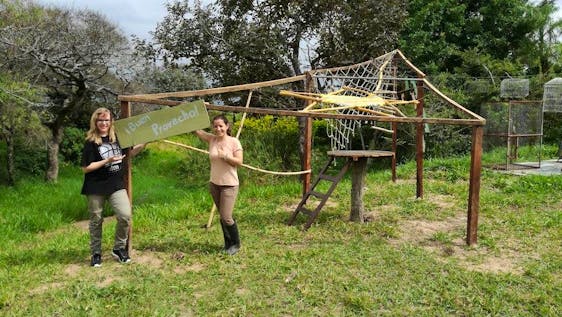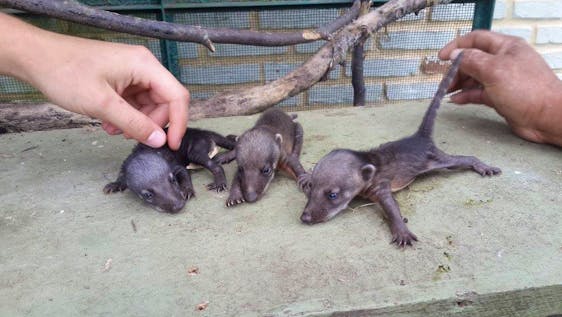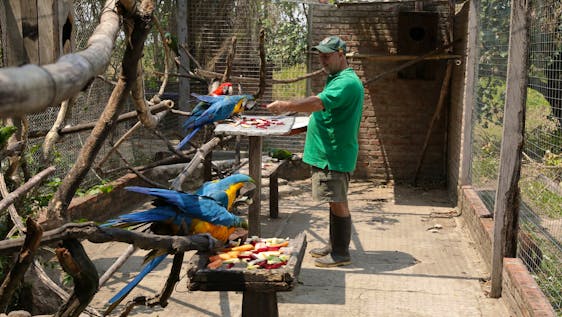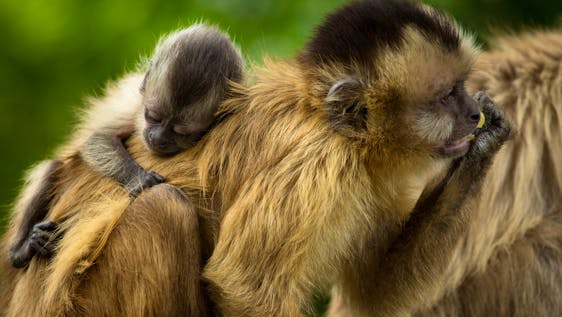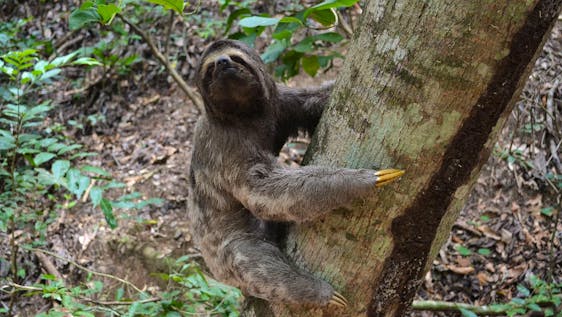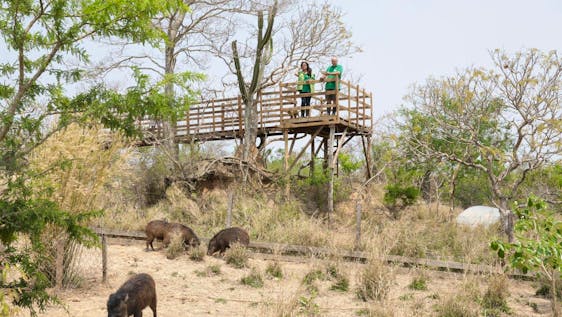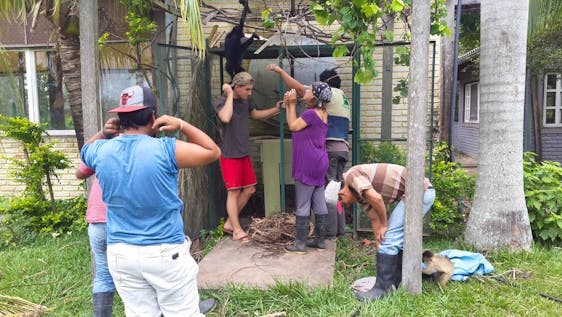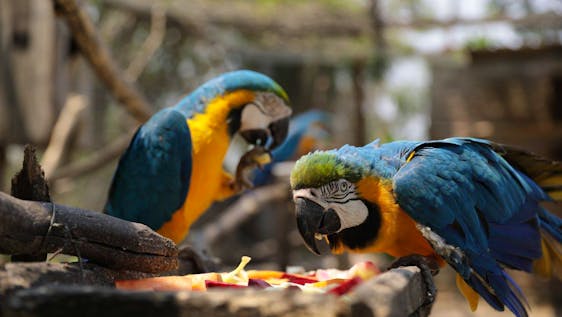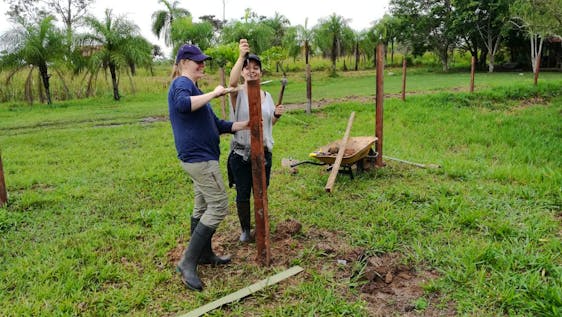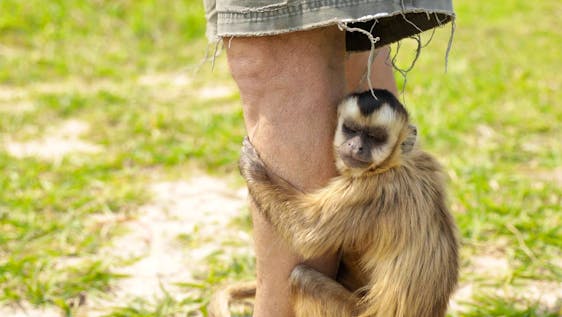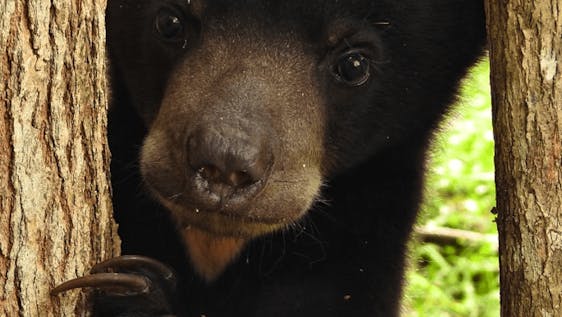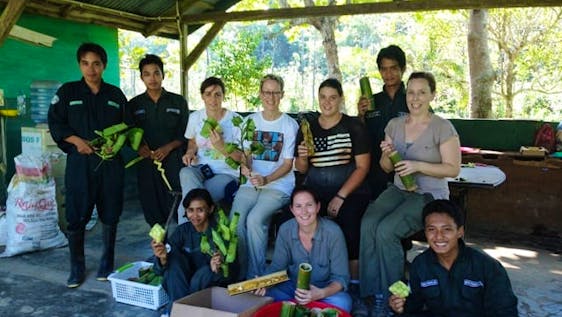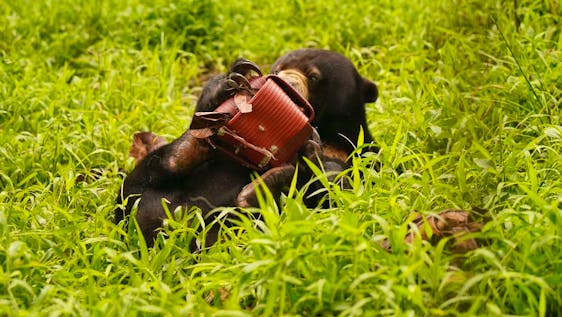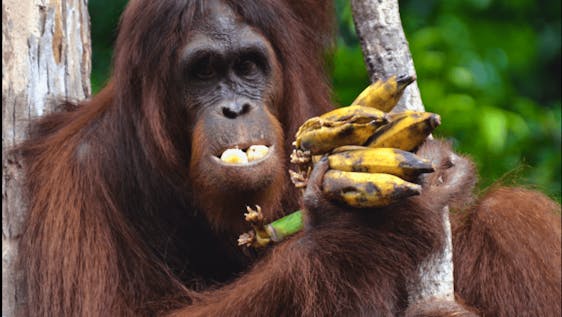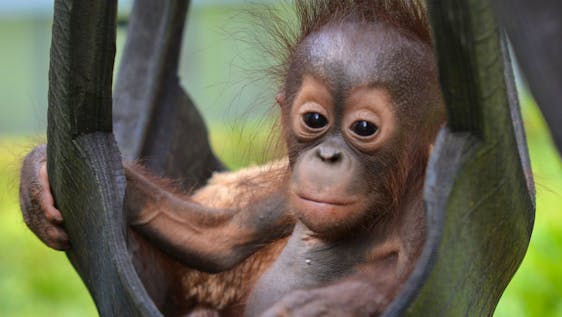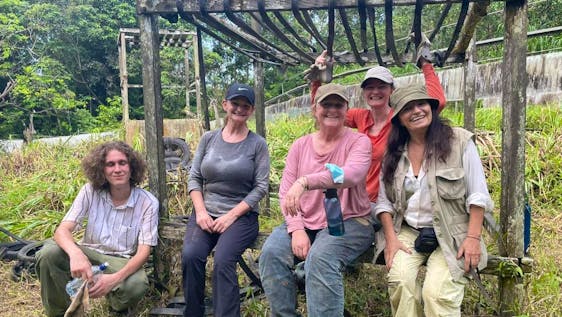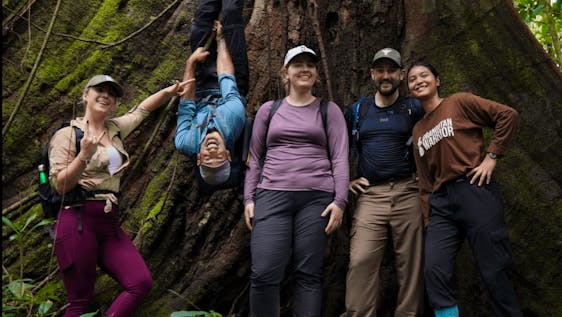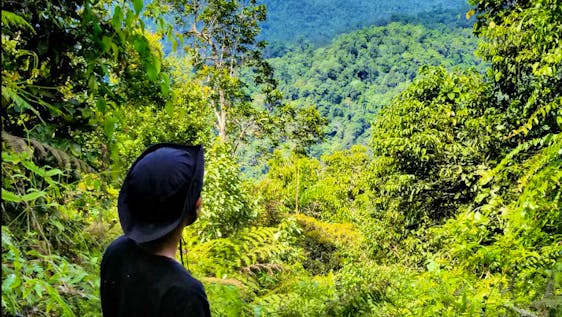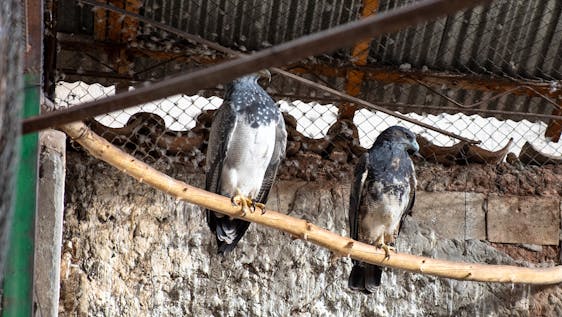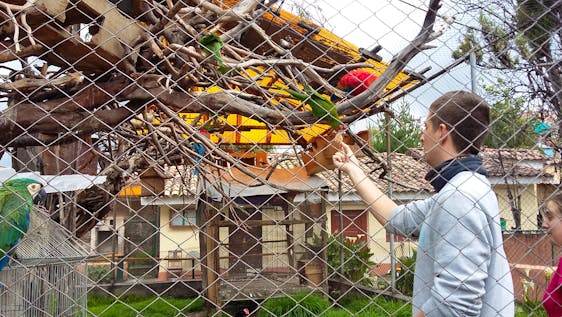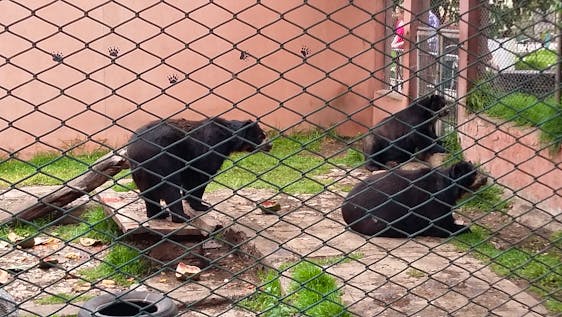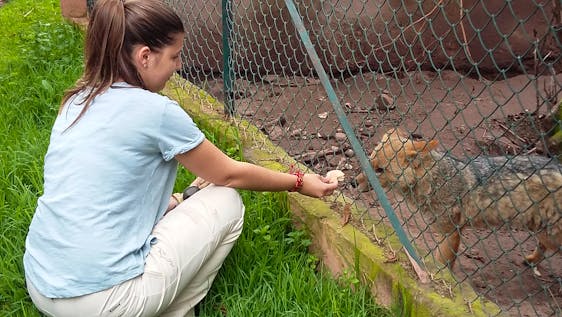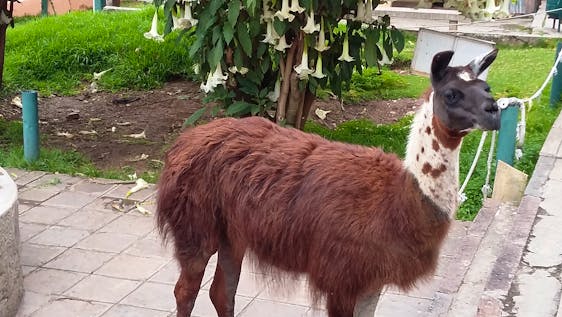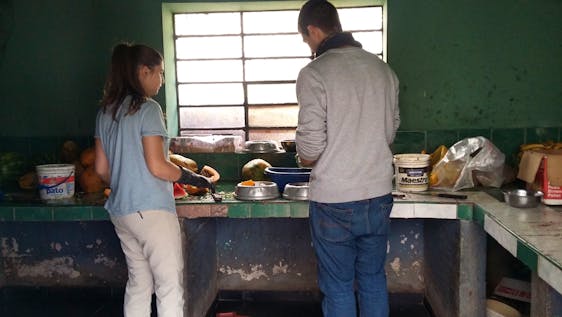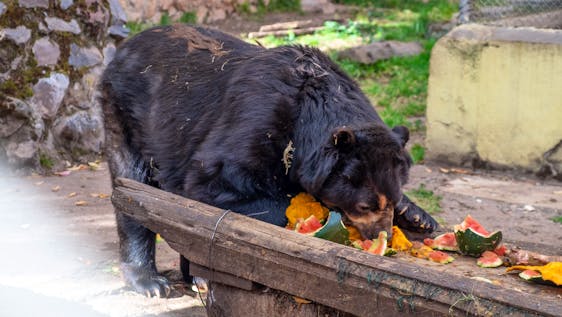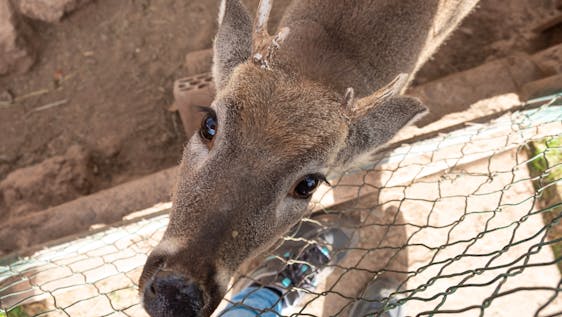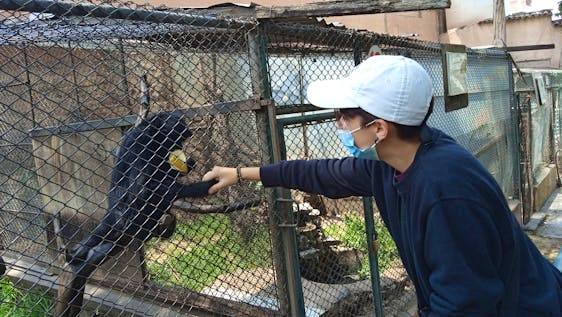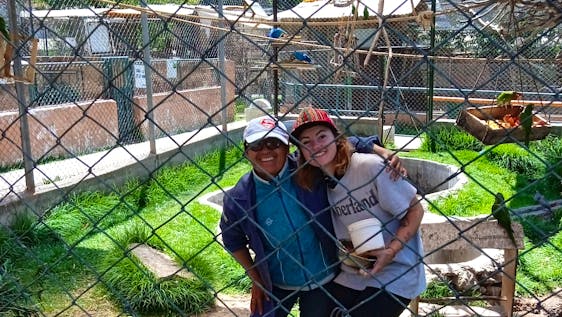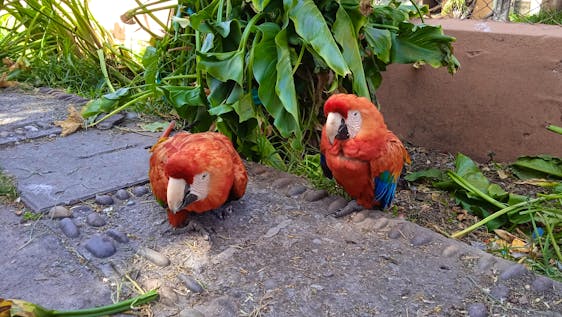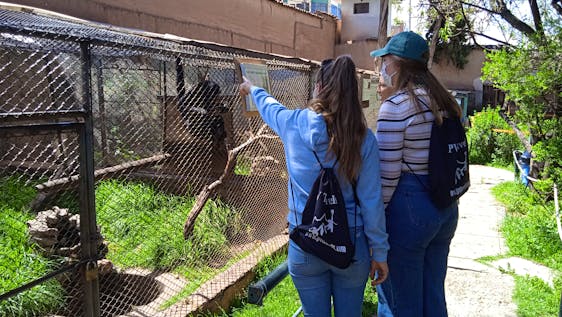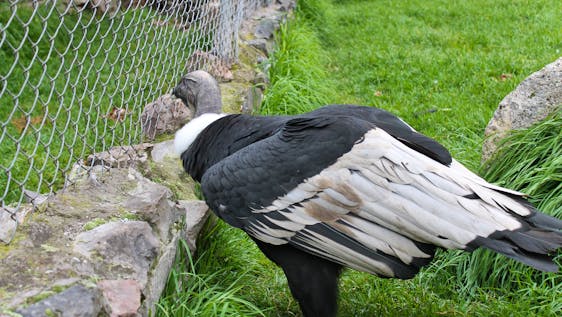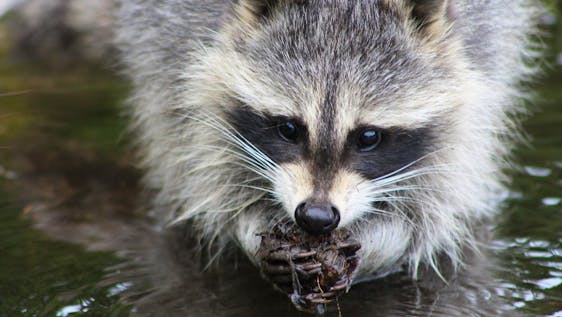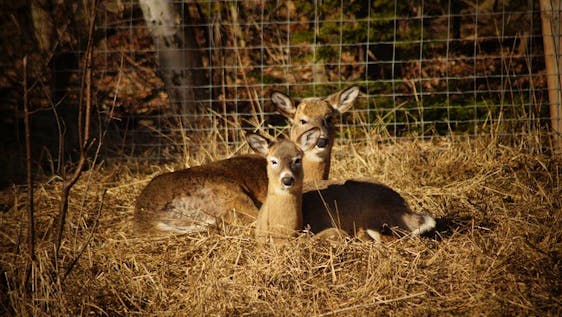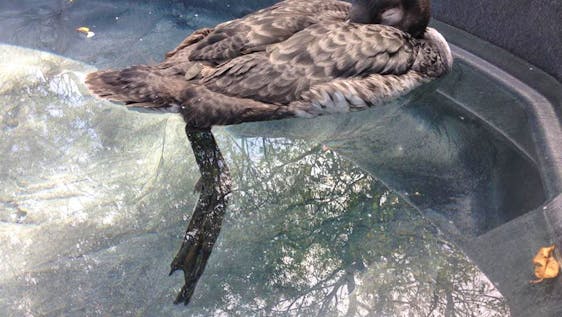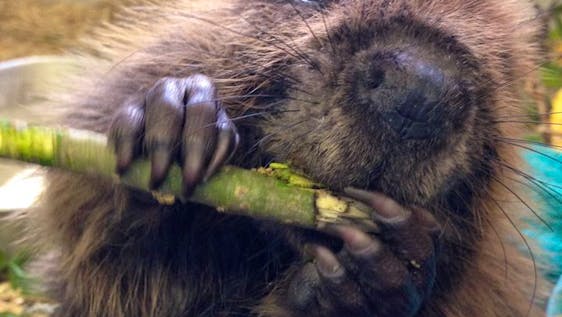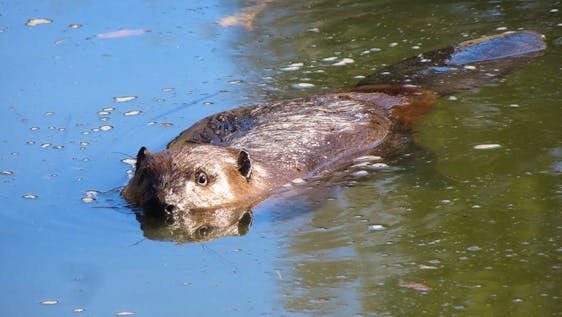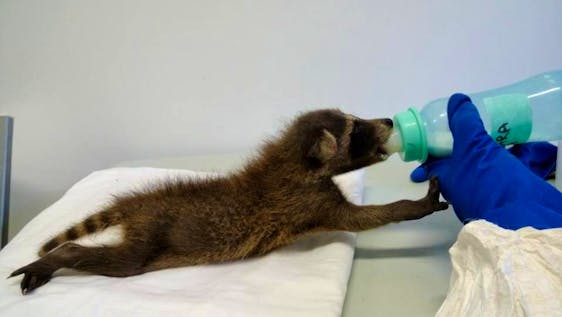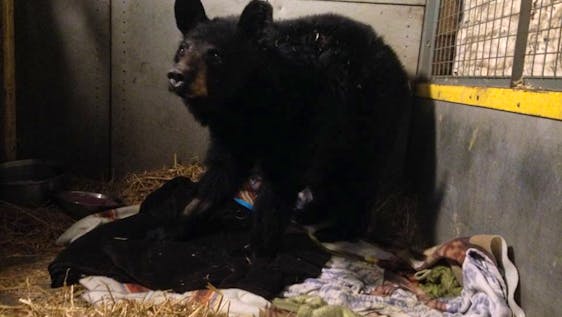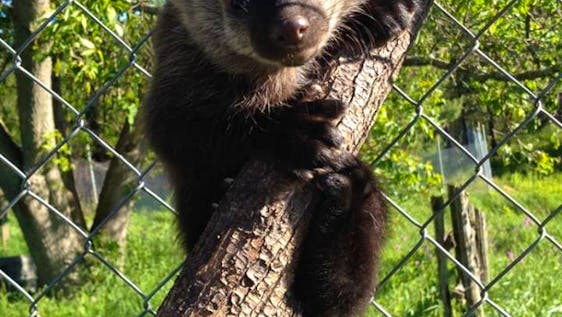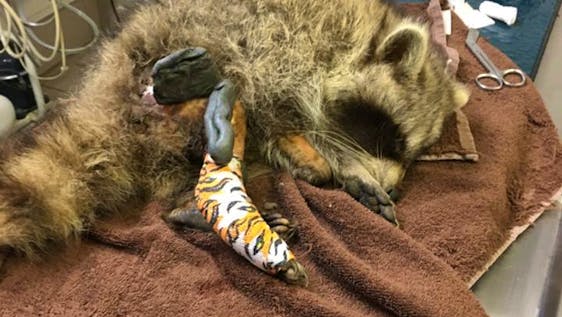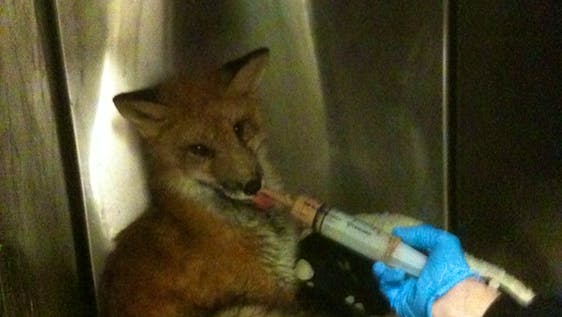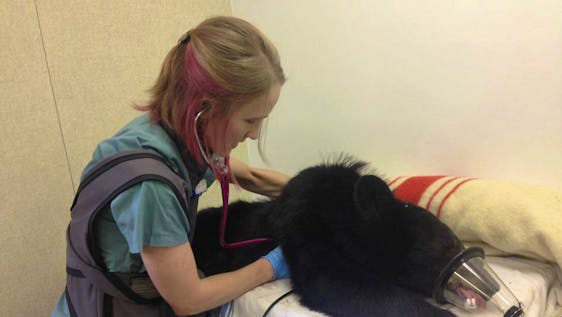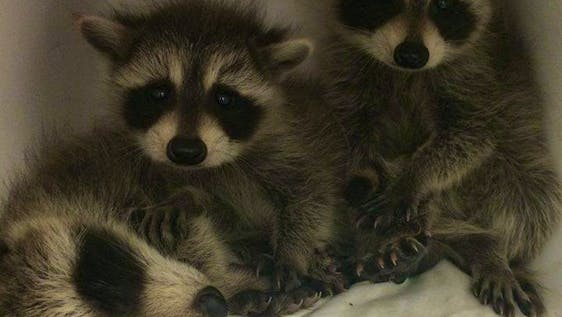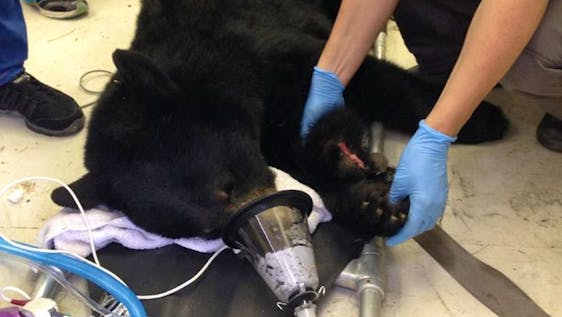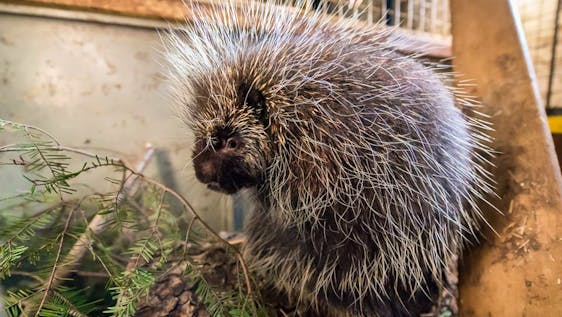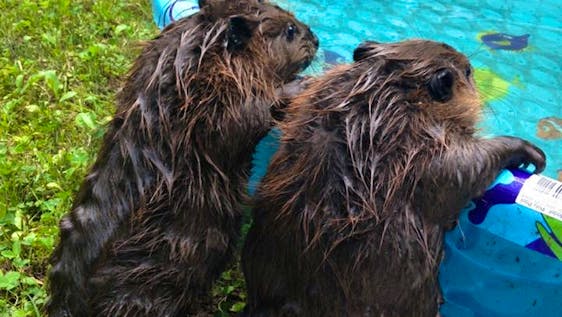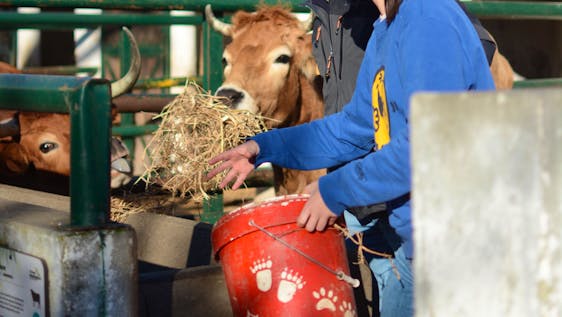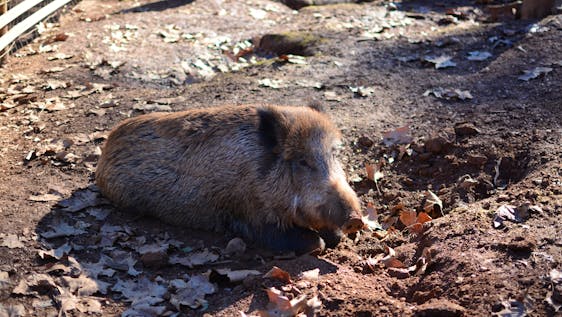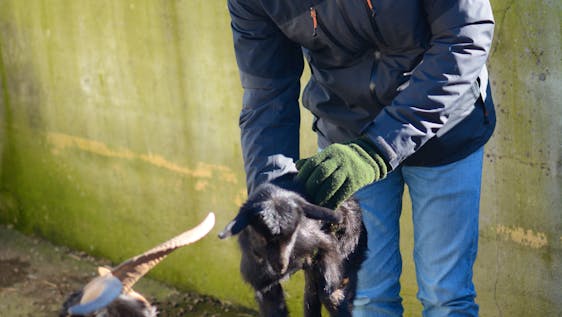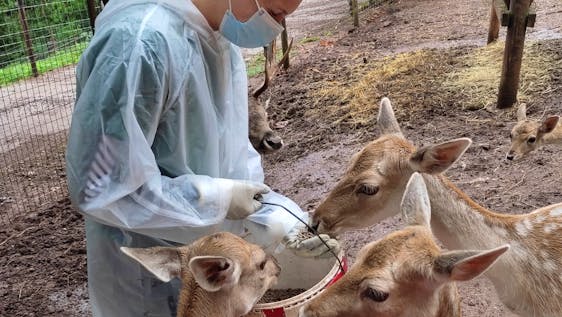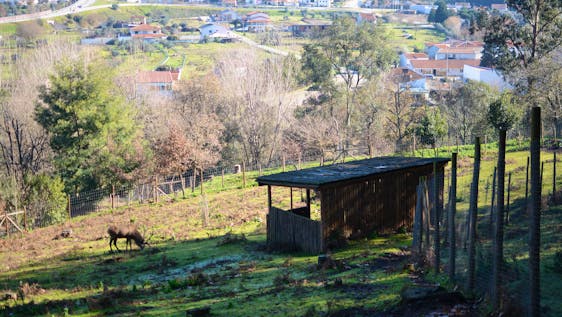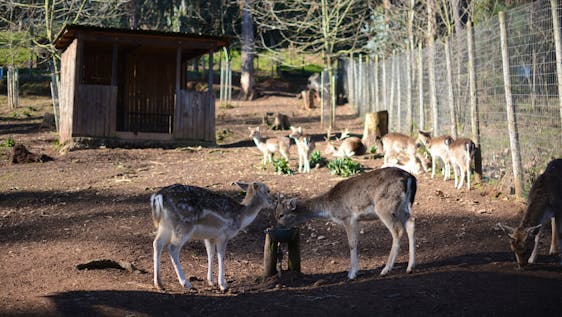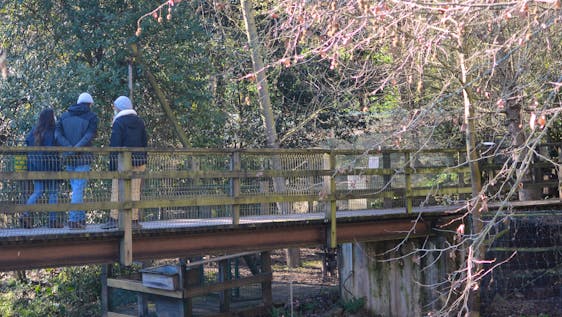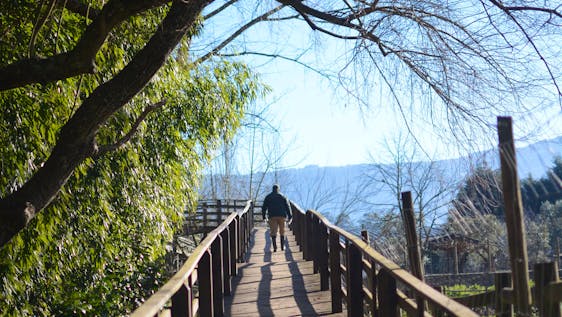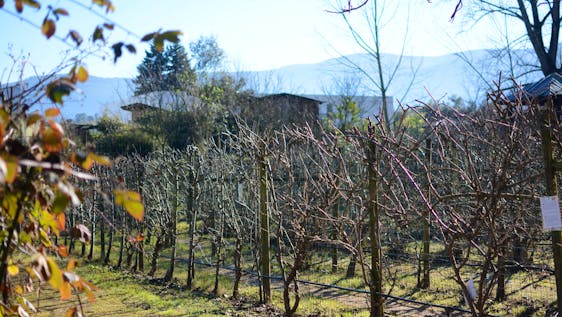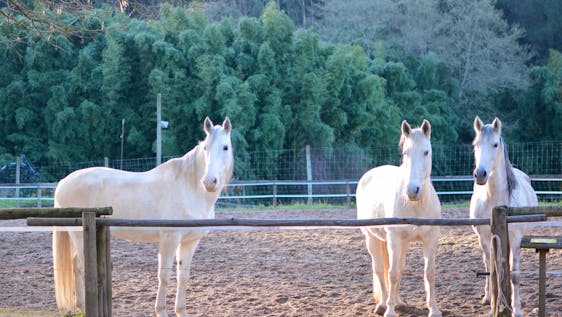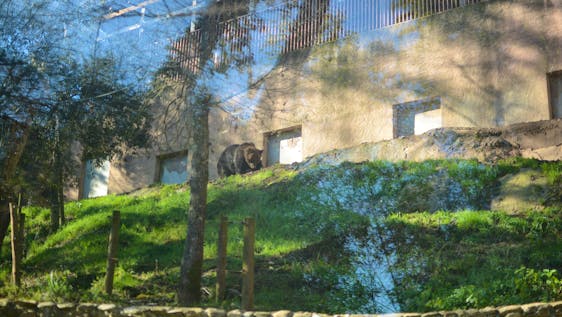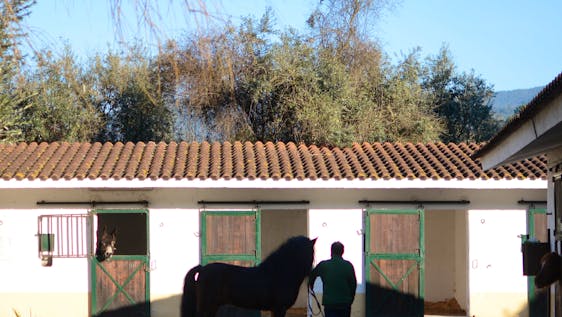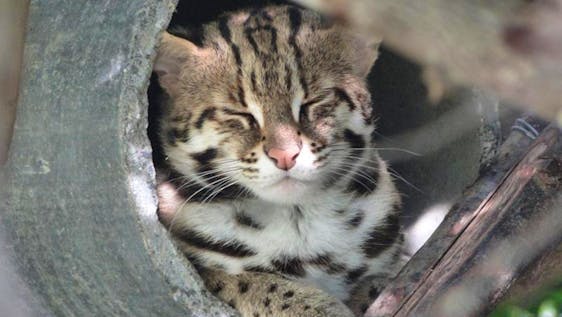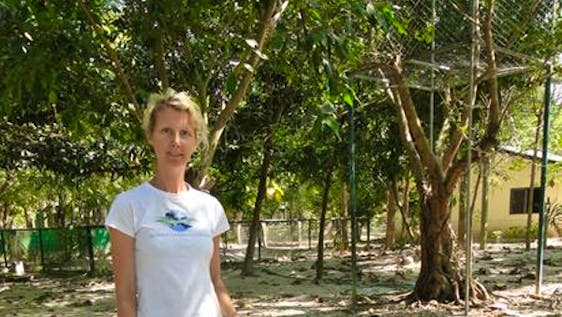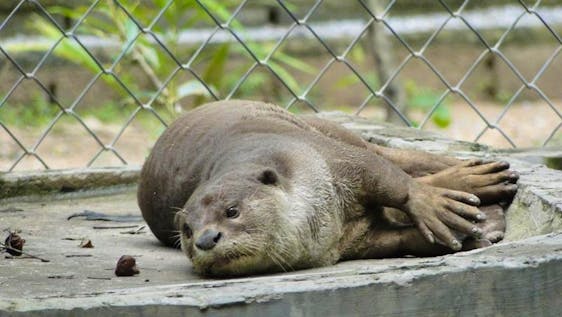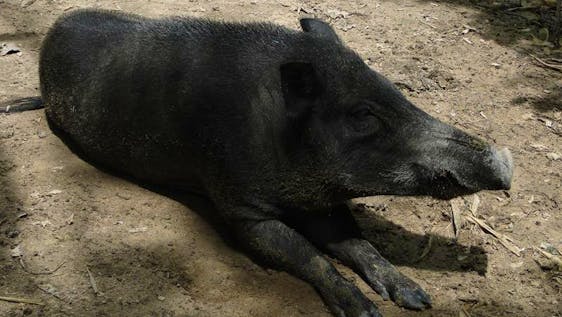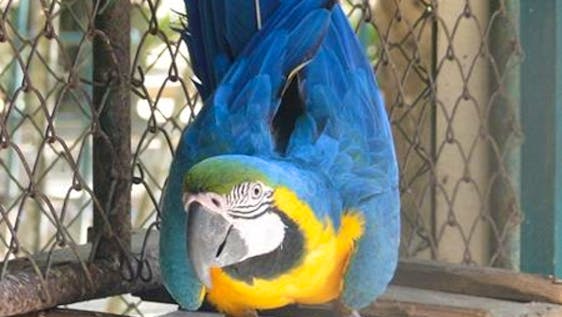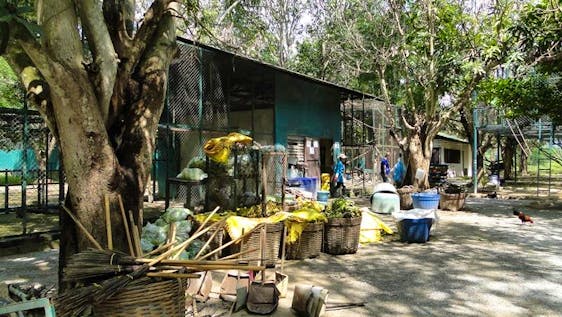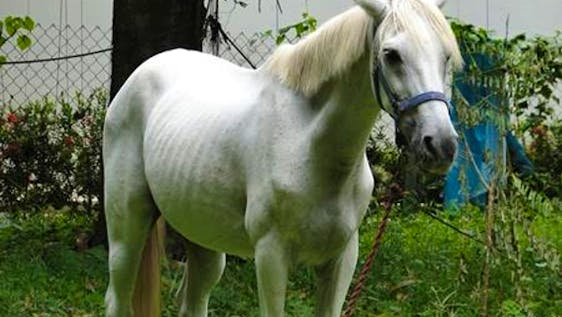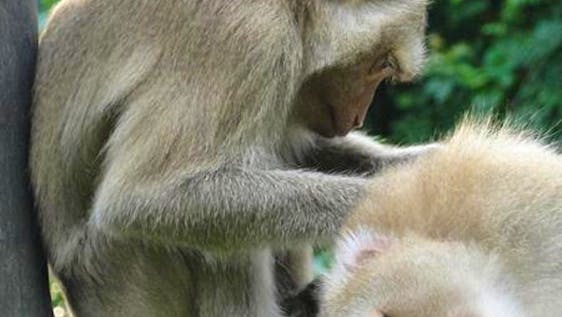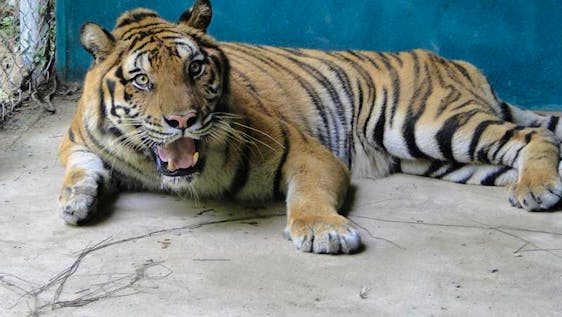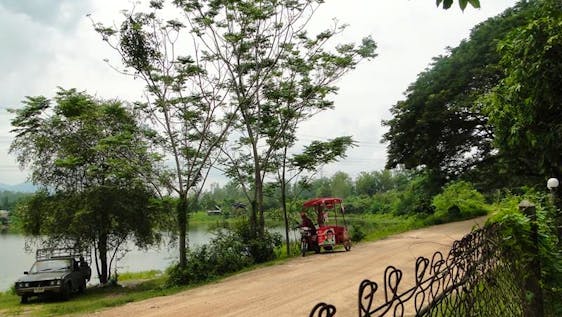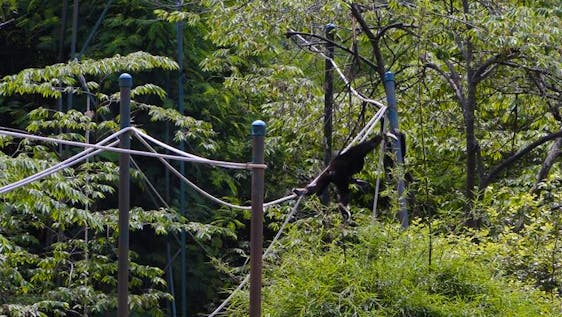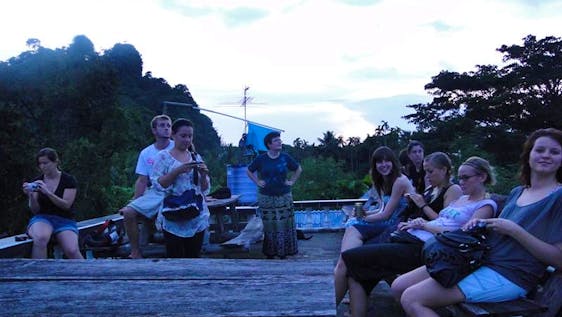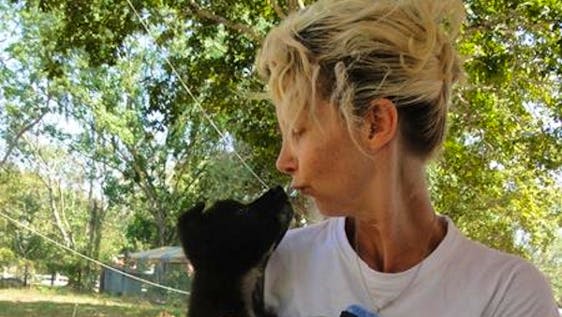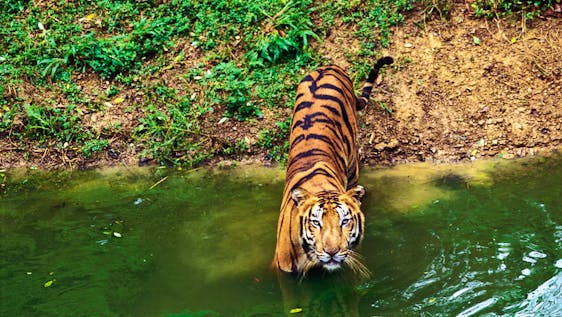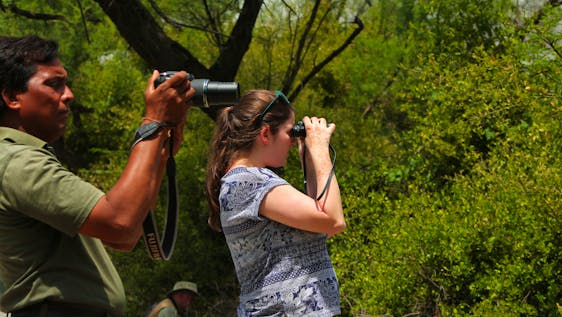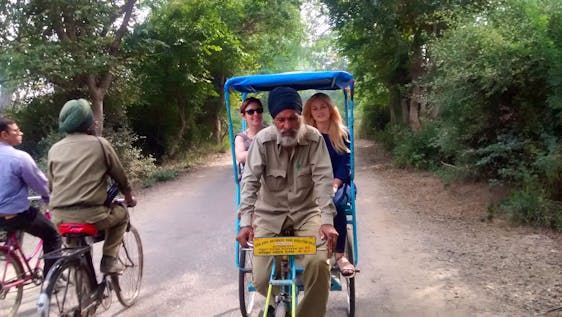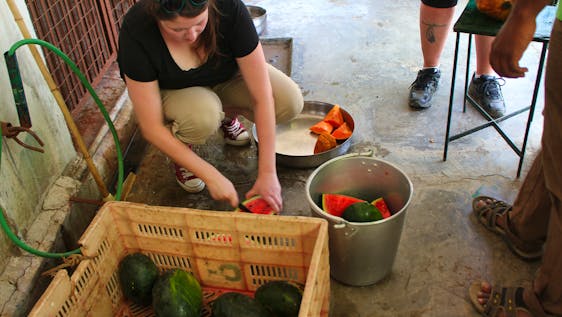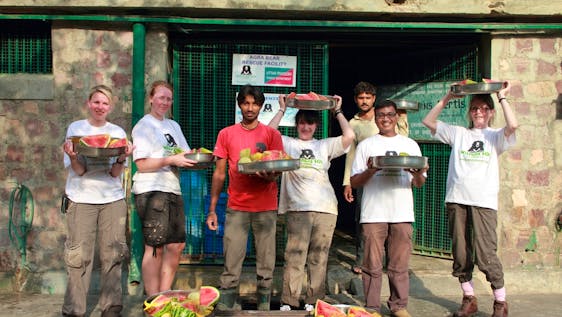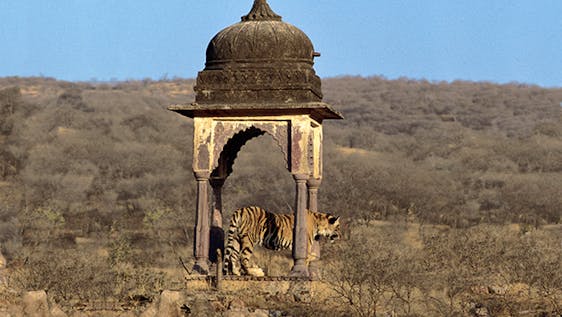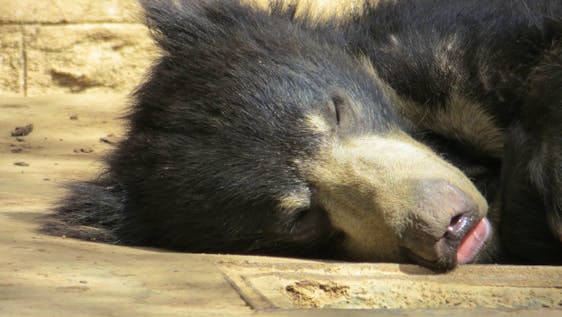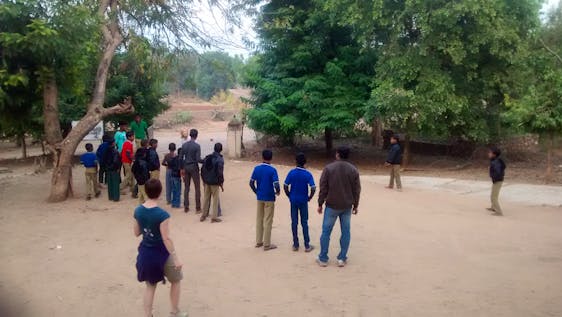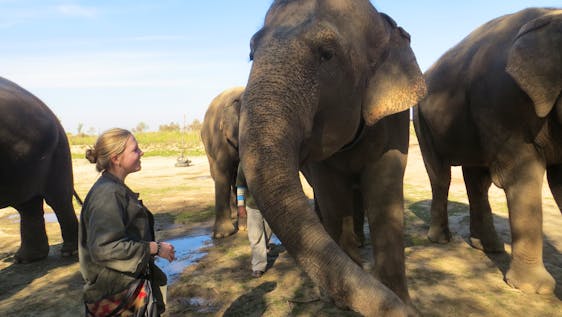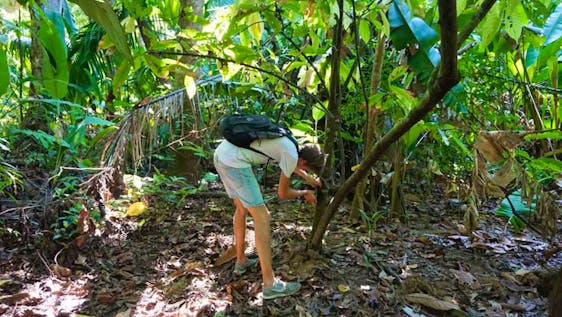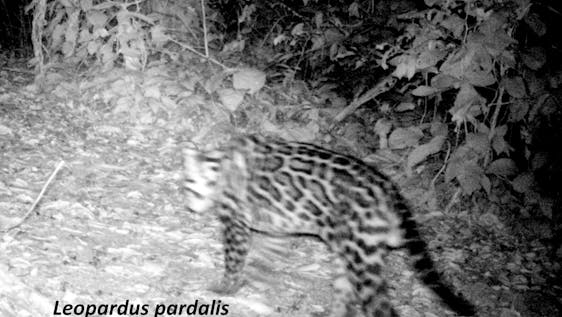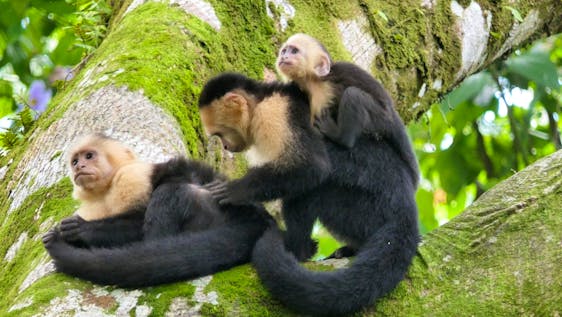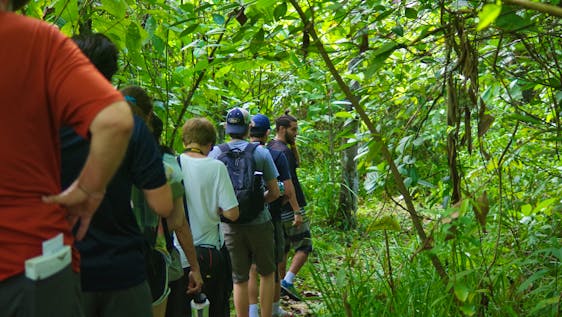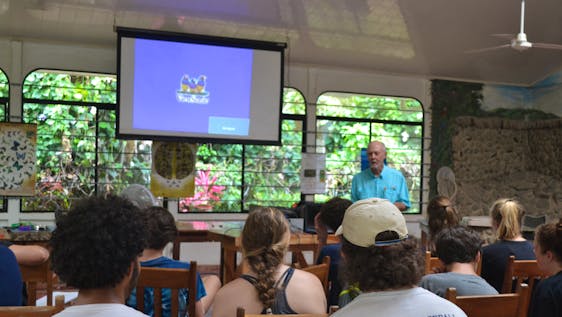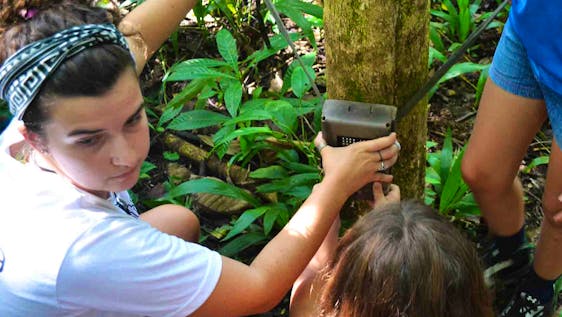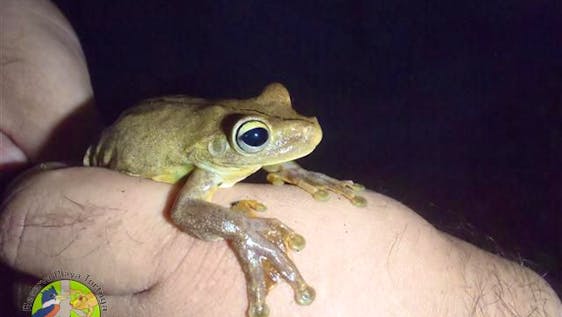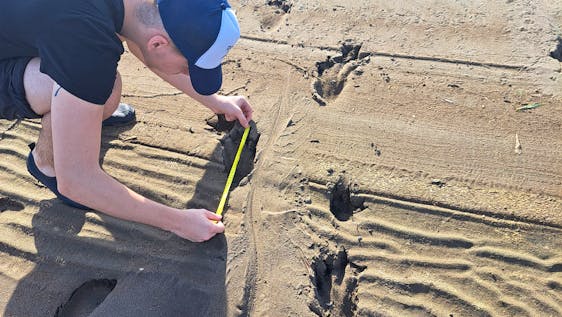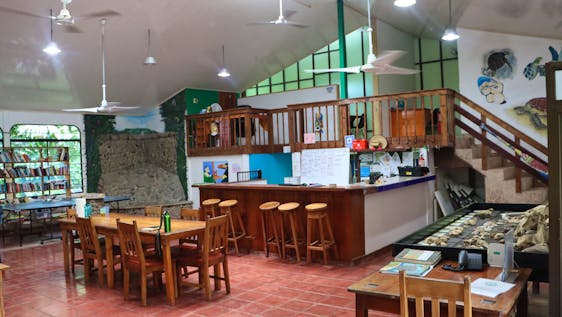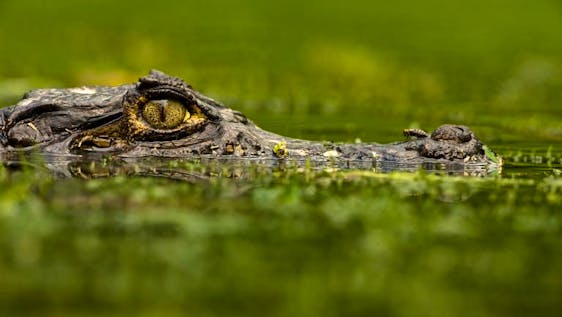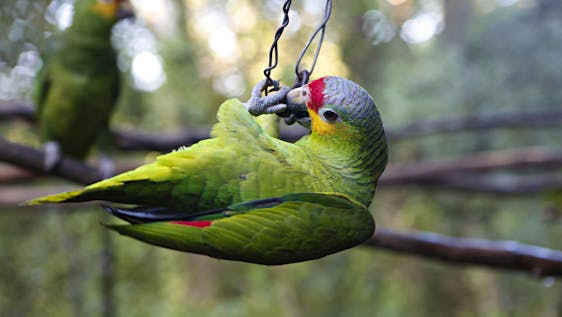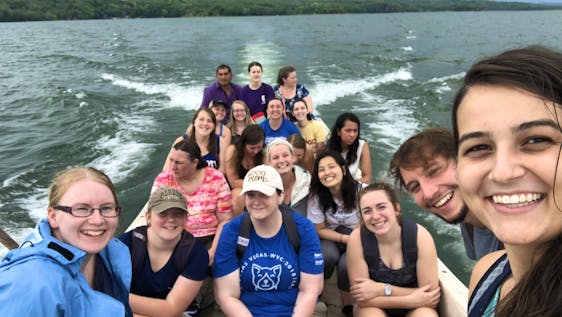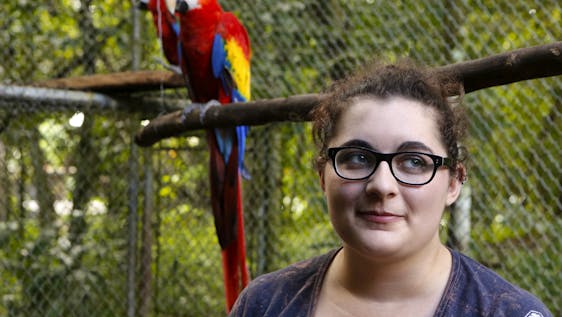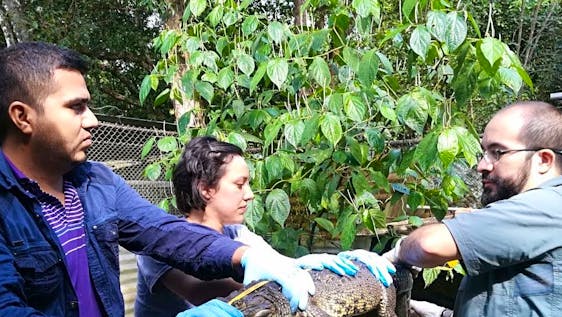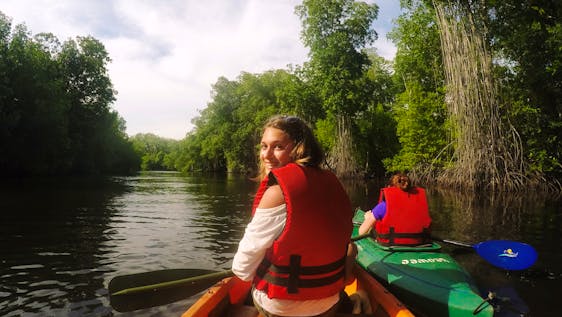Volunteer with Bears
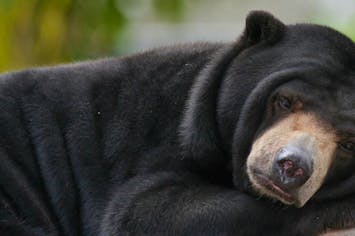

Volunteer Projects and Internships with Bears
If you have a soft spot for bears and are keen to help this endangered animal, there are a number of volunteers abroad organizations waiting for your support. China, Finland, Canada, Southeast Asia, and South America are all on the list of travel destinations for bear conservation. Most of us think of teddy bears and cute cartoons like Winnie the Pooh when we think of bears. Bears in the wild, however, have proven to be dangerous predators. Despite this, bears have an important role in the wild. Continue reading to find out why they are so important and volunteer for one of the volunteer projects to make sure they continue to stand a chance on our planet.
People have been familiar with bears for ages. In the past, they were caught to perform tricks for human entertainment or were hunted for their fur or other body parts. Polar bears, Brown bears, and Pandas are the national symbols of countries like China, Finland, and Canada because of their impressive demeanor and similarities to humans.
There are eight different types of bears spread across the globe. Starting with the fiercest, polar bears are carnivores and the most dangerous bear in the wild. Other bears are omnivores eating a diet of plants and meat. The Panda is, for example, an omnivore. They can digest meat although they tend to stick to greens and bamboo. Before we tell you more about the volunteering opportunities abroad with bears, let’s get a few facts straight about our furry friends.
- Bears have an excellent sense of smell that exceeds even that of dogs.
- Grizzly bears have a bite force that is strong enough to crush a bowling ball.
- The original word for bear has been lost. Medieval people stopped using it because they thought they would summon the fierce creature if they would say it. Bear actually means ‘Brown one’.
- Tigers are the only predator that prey on bears. Humans, however, are a much bigger threat to them than any other creature.
- Bears don’t urinate while they hibernate. It is simply reabsorbed by their body.
- They can run at a speed of up to 40mph. This exceeds the speed limit of some areas.
Bear conservation status in 2024
According to the IUCN, 6 out of 8 bear species are threatened to become extinct. The brown bear and the American black bear are categorized as ‘least concern’ while all others are categorized as ‘vulnerable’. Pandas, as most people are aware of, were endangered which has led to a variety of volunteer initiatives to help save them. Luckily, these efforts could restore some of its population leading to a reassessment as 'vulnerable'. Bears inhabit a wide range of landscapes ranging from tropical rainforests to forests in colder climates and the Arctic.
As fierce predators, they play an important role in nature keeping the population of various prey in check. Their dwindling population will have a negative impact on the environment because they have an important task of dispersing seeds throughout the forest. Without bears, the ecosystem of the forests they inhabit is in danger.
Why are Bears endangered?
Although their size and ferocity make them seem invincible, there is a combination of factors that is contributing to the decrease in the bear population. The few bear conservation projects that have been established for this giant mammal need help so let’s take a closer look at the main threats:
Dehabitation
The main threat to the bear population is that their habitat is being destroyed for the purpose of agriculture as well as the mining and logging industry. Without enough territory, there isn’t enough prey or food to sustain them.
Hunting or Poaching
Although poaching of bears is illegal, there are still poachers who are willing to take the risk for the exuberant amounts of money that is offered for their prey. In some cases, they are kept as exotic pets while in other cases, it is their fur or body parts like the bile sack and paws which are coveted. Recreational bear hunting is a legally controlled activity in some places but it seems like it is taking its toll on bear populations where there’s little information available on their actual population.
Global Warming
Climate change is affecting the natural habitat of the bear. First of all, the polar bear is threatened by the diminishing ice which the bears rely on for hunting and reaching their den. Another less common reason that is affecting grizzly bears, is that their main food supply has been cut off. They rely heavily on pine nuts which are being affected by beetle infestations. Due to global warming, beatles are appearing in different territories which are affecting the ecological balance.
Human conflict
As the habitat of bears is decreasing, bears are entering territories where people are living. Because they are dangerous and can pose a threat when confronted with people, bears generally get shot to save humans.
These are the main threats bears are facing and they need help. Volunteer for a bear conservation project and support their chances of survival.
What bear species are there?
There are 8 bear species which inhabit different parts of the world. Each of them has a different status according to the IUCN. Most are considered vulnerable but let’s take a closer look at them:
- North American Black: North America: Least Concern
- Brown Bear: North America (Grizzly Bear) and Northern Eurasia: Least Concern
- Polar Bears: Arctic: Vulnerable
- Asiatic Black Bear: Himalaya, Northern India, Korea, China, Russia, Japan, and Taiwan: Vulnerable
- Andean Bear: Western part of South America: Vulnerable
- Sloth Bear: India: Vulnerable
- Sun Bear: Tropical forests of Southeast Asia: Vulnerable
- Panda Bear: China: Endangered
Depending on the location of the sanctuary or conservation project, you will work with one of these bear species. Volunteer some of your valuable time to one of the bear conservation projects. It will be a completely new experience and most definitely one you will never forget.
Best places to work with Bears
Your volunteer project with bears will open up a new world. Whether you decide to dedicate your time to a sanctuary or a wildlife conservation center, your efforts will make a meaningful difference in the survival of bears. Let’s take a look at some of the different places around the world your work with bears will take you. America, Europa, Canada and Asia are just a click away.
North America and Canada
Volunteers eager to contribute to bear conservation abroad have a number of options. A project in North America or Canada will give you access to the preservation of Black or Brown bears among other wildlife creatures living in this diverse part of the world.
South America
Volunteers eager to experience life in the rainforest can opt for an adventure in Peru. Peru offers a rich culture alongside breathtaking nature for volunteers with an adventurous streak.
Europe
Northern Europe is another option for volunteers who are attracted to peace and quiet and wish to experience nature in its purest form. Set out to the remote forests of northern Europe and get ready to admire this magnificent creature in its natural habitat.
Asia
Volunteers who are set on Asia will head to a wildlife sanctuary in India or Southeast Asia on their bear adventure. Those set on work with Pandas will embark on their volunteer adventure in China as they help save the most endangered bears.
Regardless of where you go, each destination will have something completely different to offer. Take a good look at the bear volunteer projects available on the platform. They are not all focused on bear conservation alone. They are often dedicated to different types of wildlife. Some projects will be focused on work in a sanctuary while others are wildlife research centers. This means that it’s possible that on some programs, there might not be a bear at the time of your volunteer experience. Be sure to read the program of the projects carefully to know what you can expect from your volunteer abroad experience with bears.
How can I help to save Bears?
We all want to help where we can but not everyone has the time to volunteer. First of all, we can contribute most by not purchasing products that have been made from bears such as bear furs or medicine extracted from bear body parts (this is something mainly done in Chinese culture). As the bear’s biggest threat is human beings, we can work together to support the survival chances of bears by creating awareness among ourselves. It’s important to dedicate time to inform each other regarding the impact of habitat loss and poaching. Informing tourists and inhabitants living close to bears to change their behavior can lead to the biggest change.
For those who prefer a hands-on approach and want to help bears in rehabilitation, can choose to volunteer as a caretaker in one of the sanctuaries around the world. There are a number of rehabilitation centers that take care of injured animals and help them to reintegrate into the wild.
There are also projects that focus on monitoring wildlife and setting out into the forest to observe the bears in the wild and track their behavior. Keep in mind that the chance is almost non-existent you’ll be tracking polar bears in the Arctic because of the dangerous and inaccessible terrain. There are other great options that will fulfill your adventurous soul.
Your tasks as a volunteer at a sanctuary
Are you ready to get up close (a safe distance) to these furry creatures? Let’s look at some of the things you will be doing at the sanctuary at your volunteer destination:
- Preparing food
- Feeding the animals
- Cleaning enclosures
- Maintaining enclosures
- Providing animals with enough mental stimulation and physical activity
- Guiding and educating tourists and local community
Observation or research project
- Observing the bear in its natural habitat
- Tracking bears
- Checking and making camera traps
- Data entry
Depending on whether you opt for work in a sanctuary or an observational project, tasks will differ quite a bit. Take this into account when you select your great project for bear conservation.
5 benefits of volunteering with Bears
Being the loners that they are and preferring a life in solitude, spotting a bear is an incredible experience. Take this incredible volunteering experience to ensure that these magnificent creatures remain among us. If you decide to volunteer with bears at a sanctuary or conservation center, you’ll be doing great work. Let’s also take a closer look at some of the benefits this experience will bring you.
Learning Opportunities
Not only will you learn more about the bear during the project but you will also learn about the importance of their environment. You will get hands-on experience in caretaking activities at the sanctuary or develop wildlife observation techniques. The volunteer experience will give you opportunities to do valuable research and it will also bring you in touch with the local community. This will be a wonderful opportunity for cultural interchange.
People
Besides the local community, you will also connect with other volunteers who have the same goals as you and similar interests. Rest assured that you will make meaningful connections with those who share your love for wildlife.
Travel
If you’re an adventurer and love to travel, nothing will stop you from discovering your surroundings. Grasp this chance to explore and discover the world of the bear.
Experiences
Volunteering is a brilliant way to expand your perspective of the world. Issues that seemed like huge problems before, may seem trivial after your volunteer experience with bears. Life experiences like this provide valuable baggage that can prove helpful in the future. Volunteer and witness how you become a stronger individual.
Health Improvements
Multiple research has demonstrated that volunteering leads to better health and a healthier state of mind. Those who volunteer have lower mortality rates, function better and suffer less from depression later in life. Volunteer with bears and experience the satisfaction of knowing you are helping an endangered species. Volunteer abroad and see what it does for your health and happiness!
Volunteering for a bear conservation project will teach you a great deal more than the habits of this predator. You will learn about their environment and the culture of your new destination. Volunteer for a project and reap the benefits for years to come. America, Canada, Europe or Asia are only a click away and great travel destinations. The polar bear, the panda, and the brown bear are waiting for your support.
 Activities
Activities
 Bird Conservation
Bird Conservation
 Monkey Conservation
Monkey Conservation
 Animal
Animal
 Wildlife Conservation
Wildlife Conservation
 Animal Sanctuary
Animal Sanctuary
 Americas
Americas
 Kinkajou
Kinkajou
 Howler Monkeys
Howler Monkeys
 Sloth Sanctuary
Sloth Sanctuary
 Central America
Central America
 Costa Rica
Costa Rica
 Vegan
Vegan
 Macaw
Macaw
 Parrot
Parrot
 Leopardus Conservation
Leopardus Conservation
 Ocelot
Ocelot
 Families with small kids
Families with small kids
 Asia
Asia
 South East Asia
South East Asia
 Hotspots
Hotspots
 Macaque
Macaque
 Orangutan
Orangutan
 Great Apes Conservation
Great Apes Conservation
 Borneo
Borneo
 Toucan
Toucan
 Primate Conservation
Primate Conservation
 Capuchin Monkey
Capuchin Monkey
 Civet
Civet
 Gibbon
Gibbon
 Otter Conservation
Otter Conservation
 Scouts
Scouts
 Thailand
Thailand
 Owl
Owl
 Marmoset
Marmoset
 Animal Shelter
Animal Shelter
 Eurasian Otter
Eurasian Otter
 Dog
Dog
 Binturong
Binturong
 Malaysia
Malaysia
 Indonesia
Indonesia
 Elephant Conservation
Elephant Conservation
 Asian Elephant
Asian Elephant
 Giant Otter
Giant Otter
 Wildcat Conservation
Wildcat Conservation
 Bangkok
Bangkok
 North America
North America
 Canada
Canada
 Eagle
Eagle
 Puerto Viejo
Puerto Viejo
 Planting Trees
Planting Trees
 Laos
Laos
 Southern Europe
Southern Europe
 Europe
Europe
 South America
South America
 National Park
National Park
 Croatia
Croatia
 Wolf Conservation
Wolf Conservation
 Grey Wolf
Grey Wolf
 Bolivia
Bolivia
 Tortoise Conservation
Tortoise Conservation
 Giant Tortoise
Giant Tortoise
 Reptile Conservation
Reptile Conservation
 Tiger Conservation
Tiger Conservation
 Spanish Courses
Spanish Courses
 Language Course
Language Course
 Cusco
Cusco
 Brown Hyena
Brown Hyena
 Peru
Peru
 Crocodile
Crocodile
 Sea Turtle Conservation
Sea Turtle Conservation
 Horse Conservation
Horse Conservation
 Reforestation
Reforestation
 Portugal
Portugal
 Cats
Cats
 Sloth Bear
Sloth Bear
 Delhi
Delhi
 Indian Elephant
Indian Elephant
 Southern Asia
Southern Asia
 Indian Leopard
Indian Leopard
 Voluntourism
Voluntourism
 India
India
 Volunteer and Travel
Volunteer and Travel
 Leopard Conservation
Leopard Conservation
 Spider Monkey
Spider Monkey
 Green Sea Turtle
Green Sea Turtle
 Olive Ridley Turtle
Olive Ridley Turtle
 Insect Conservation
Insect Conservation
 Leatherback Turtle
Leatherback Turtle
 Butterfly Conservation
Butterfly Conservation
 Caiman
Caiman
 Jaguar Conservation
Jaguar Conservation
 Guatemala
Guatemala
 Plant Conservation
Plant Conservation
 Sumatra
Sumatra
 Hawksbill Turtle
Hawksbill Turtle
 Tamarin
Tamarin
 Tapir
Tapir
 Amazon Rainforest
Amazon Rainforest
